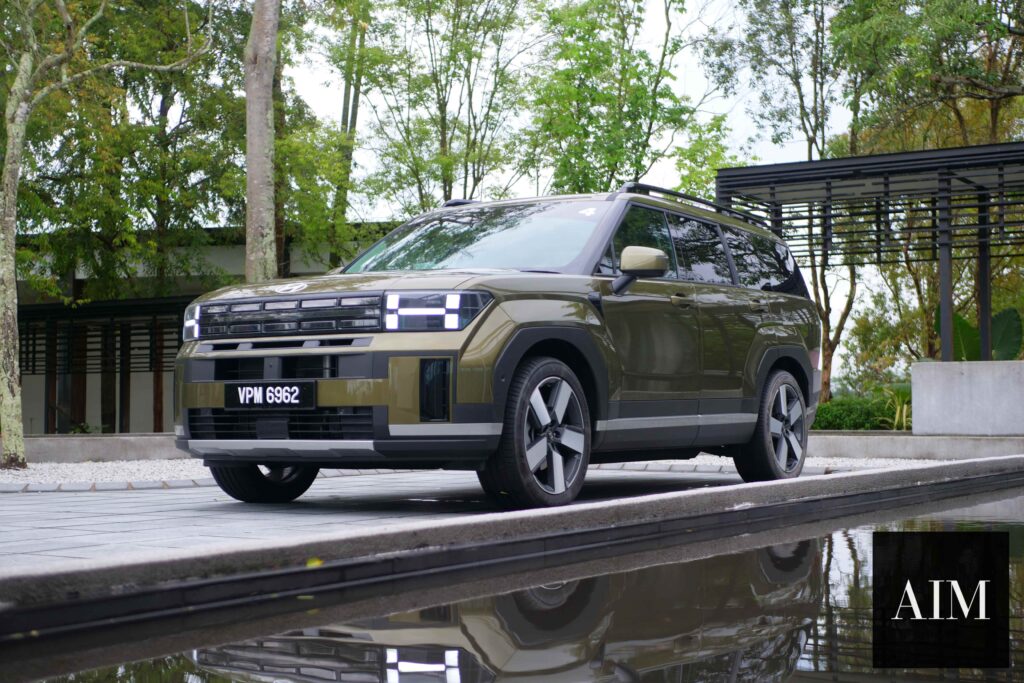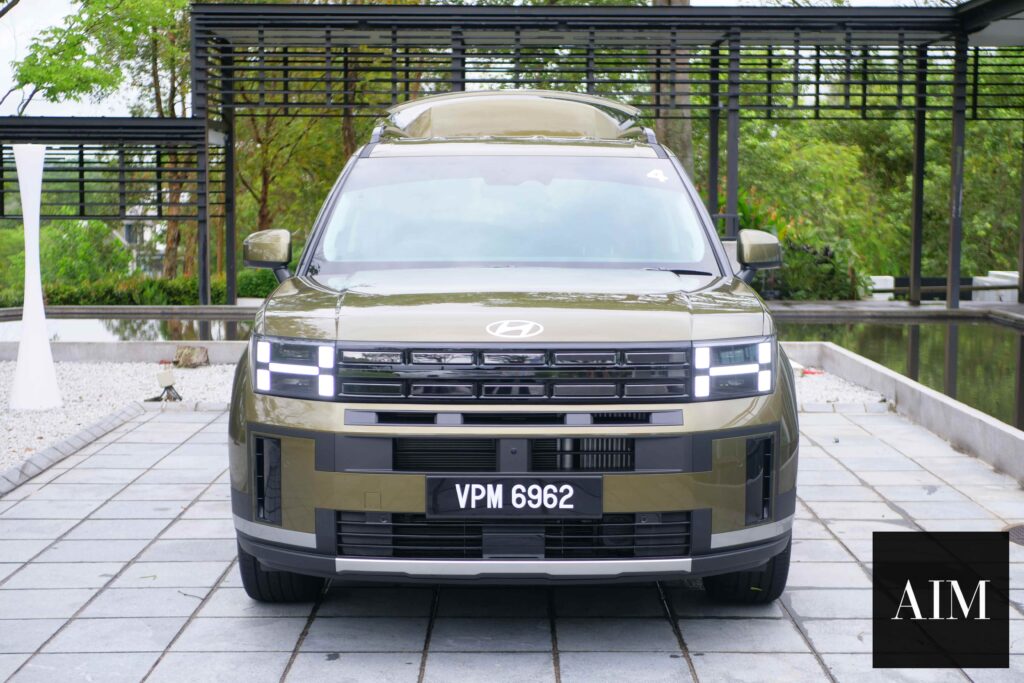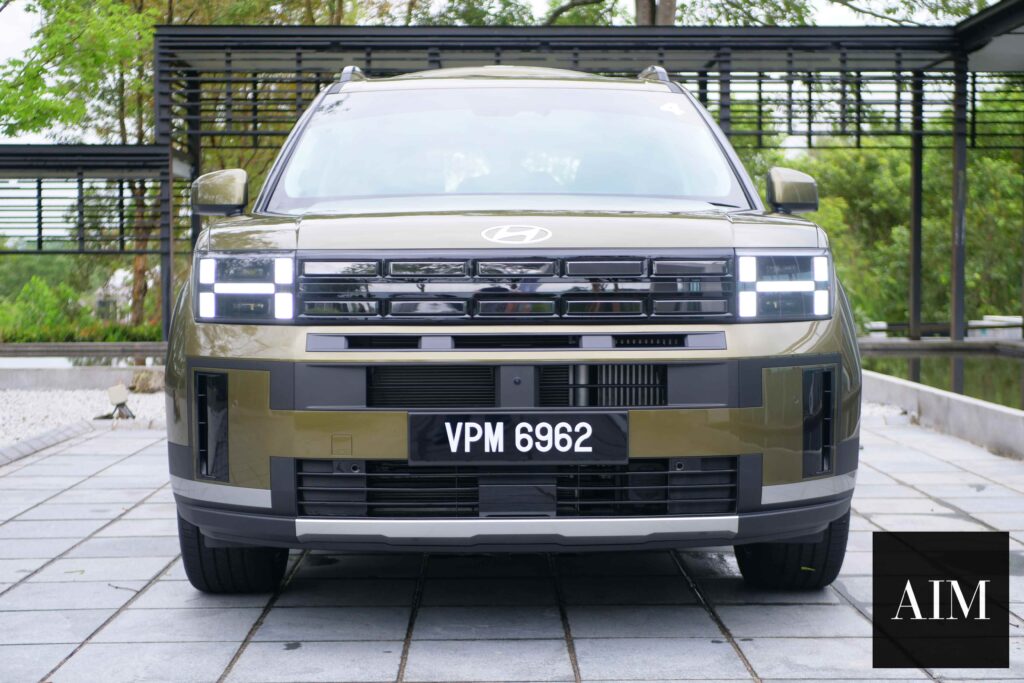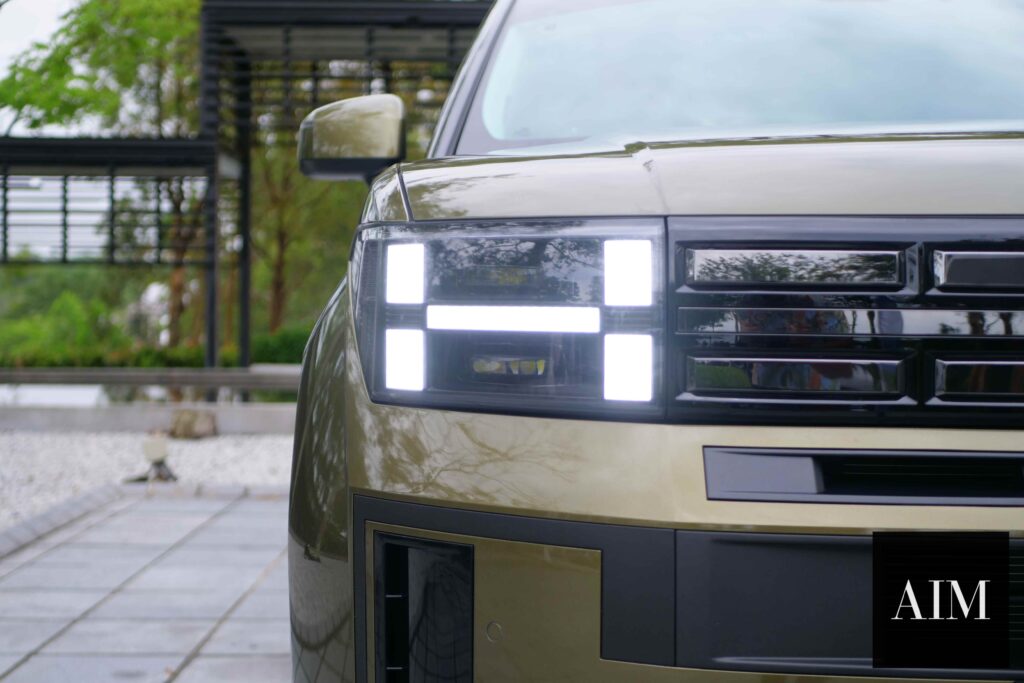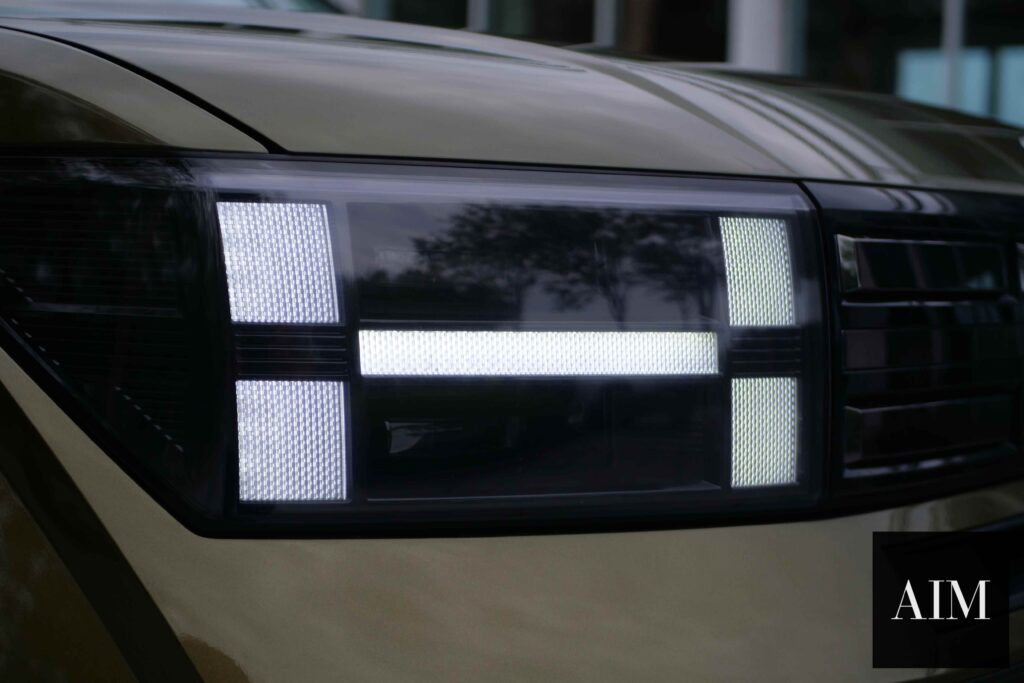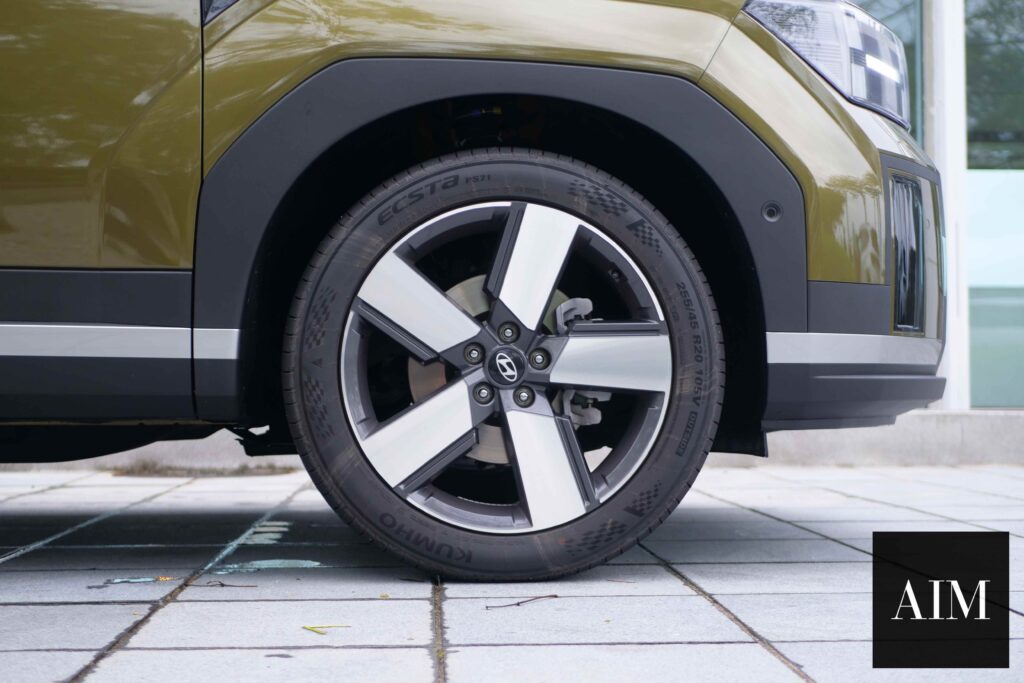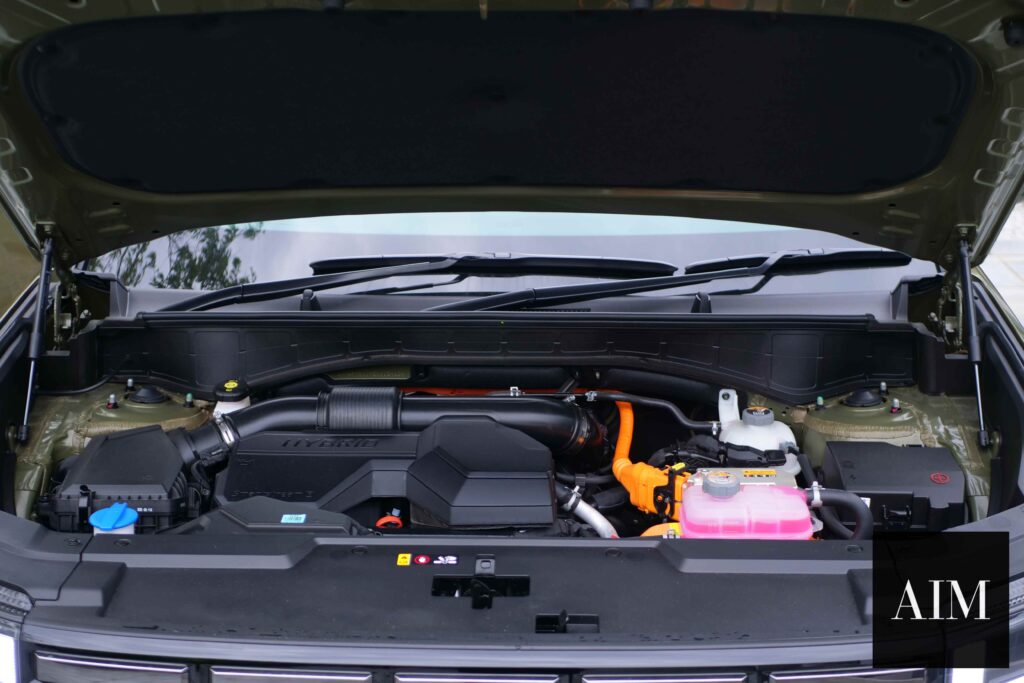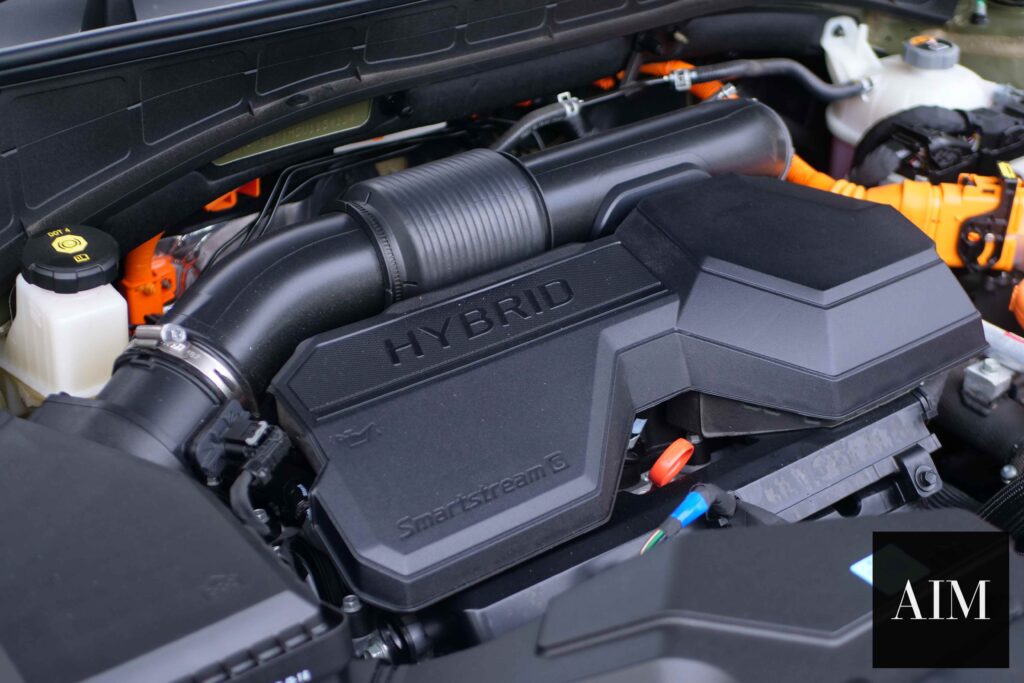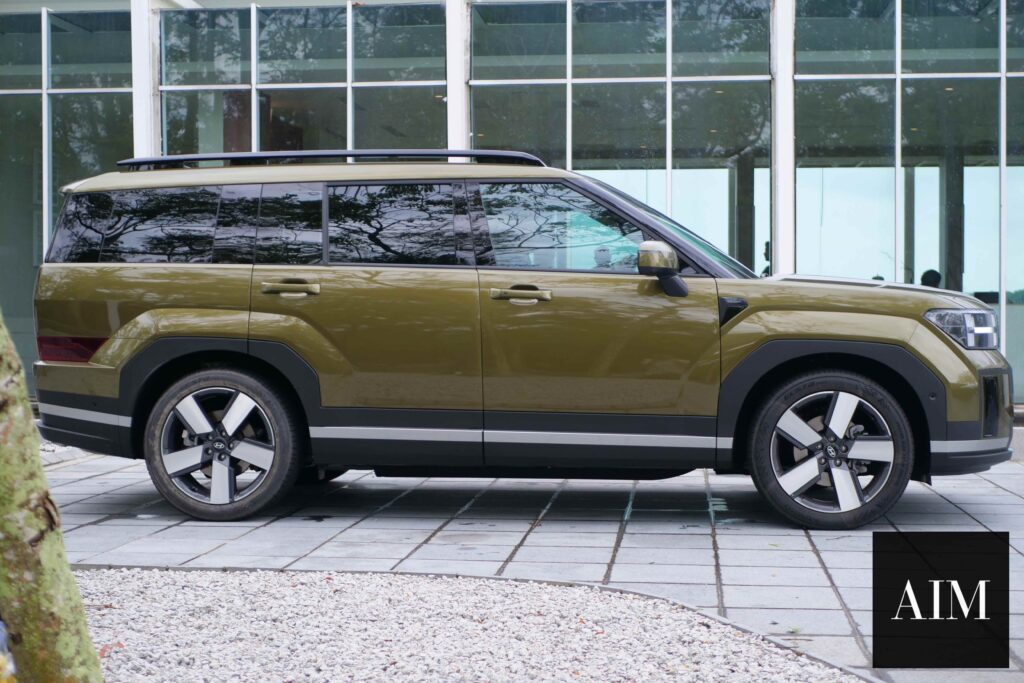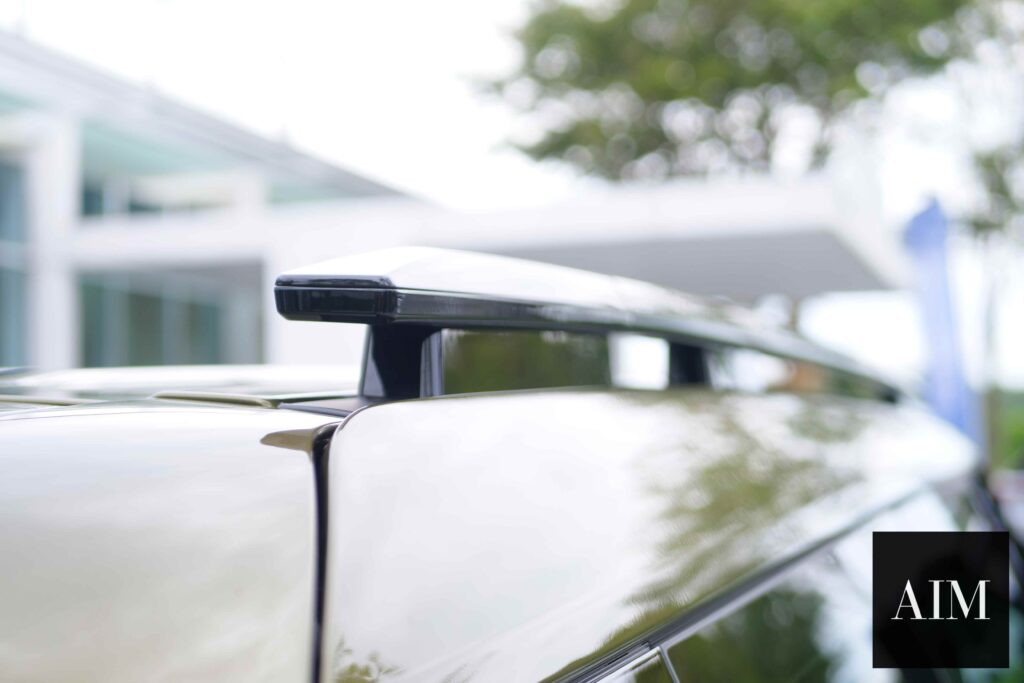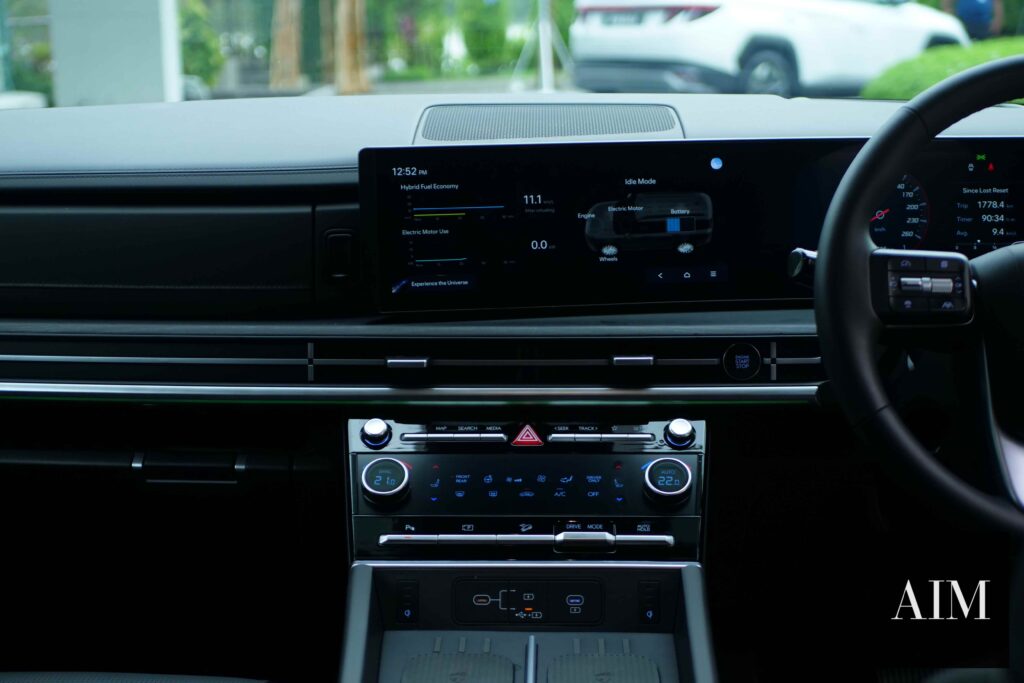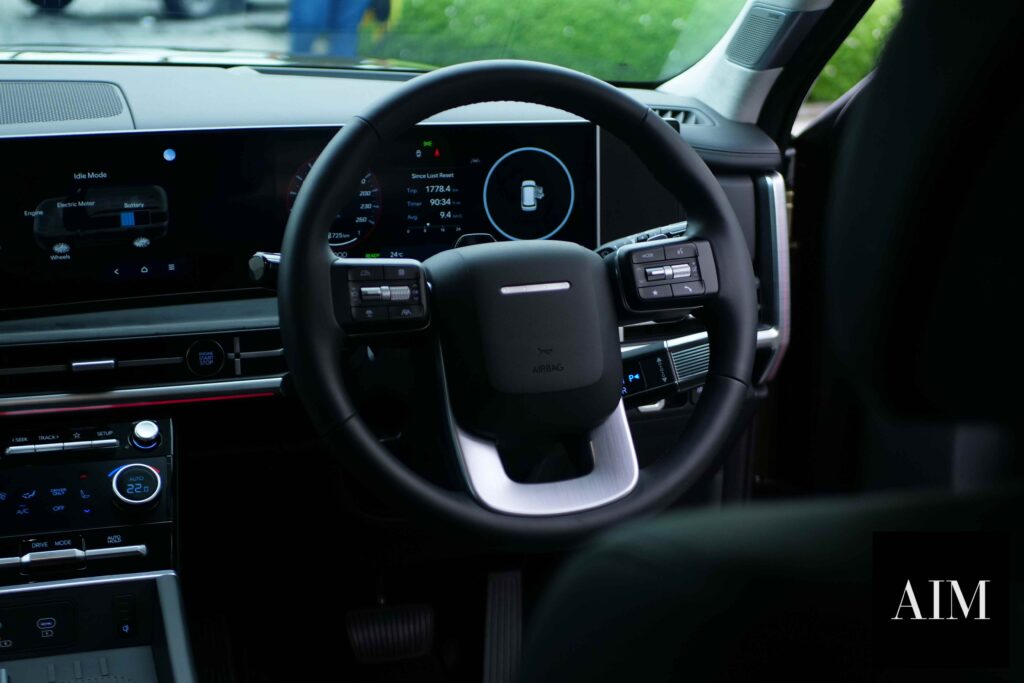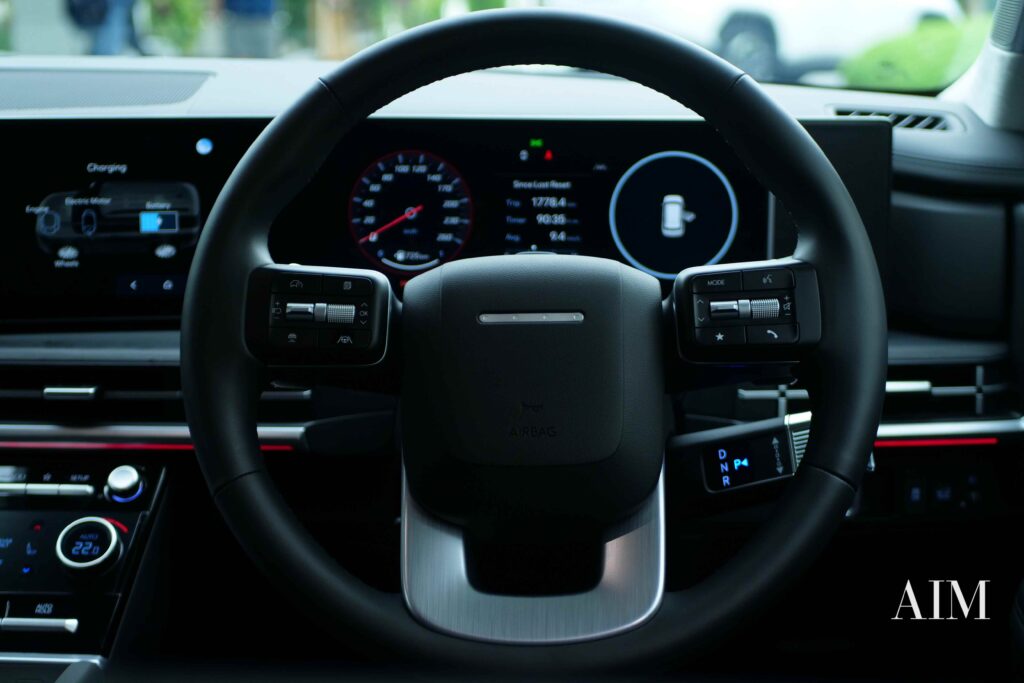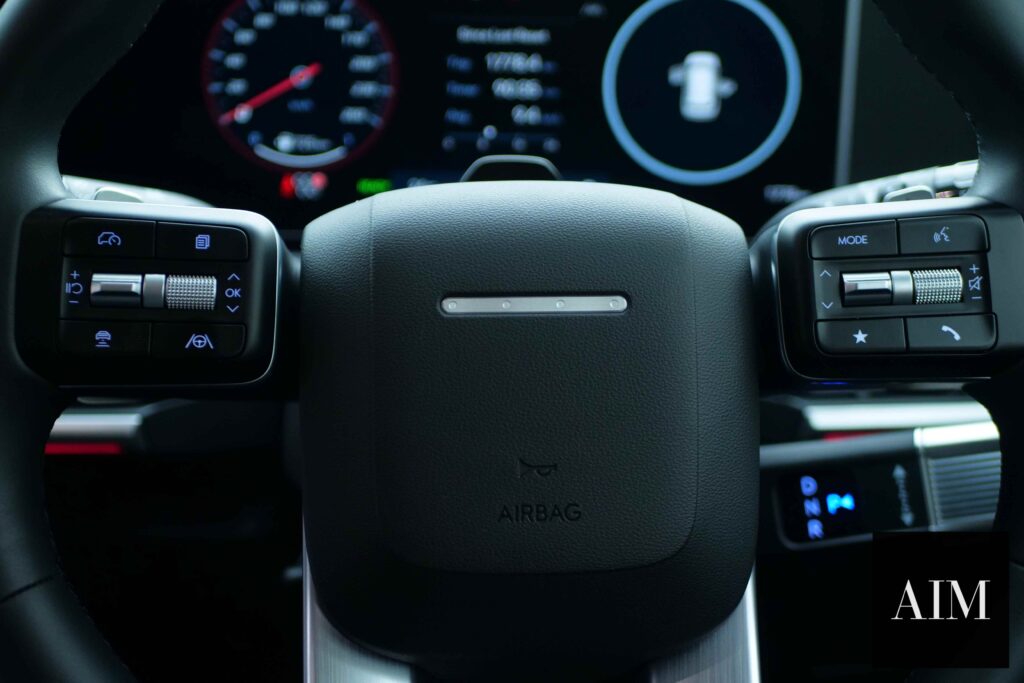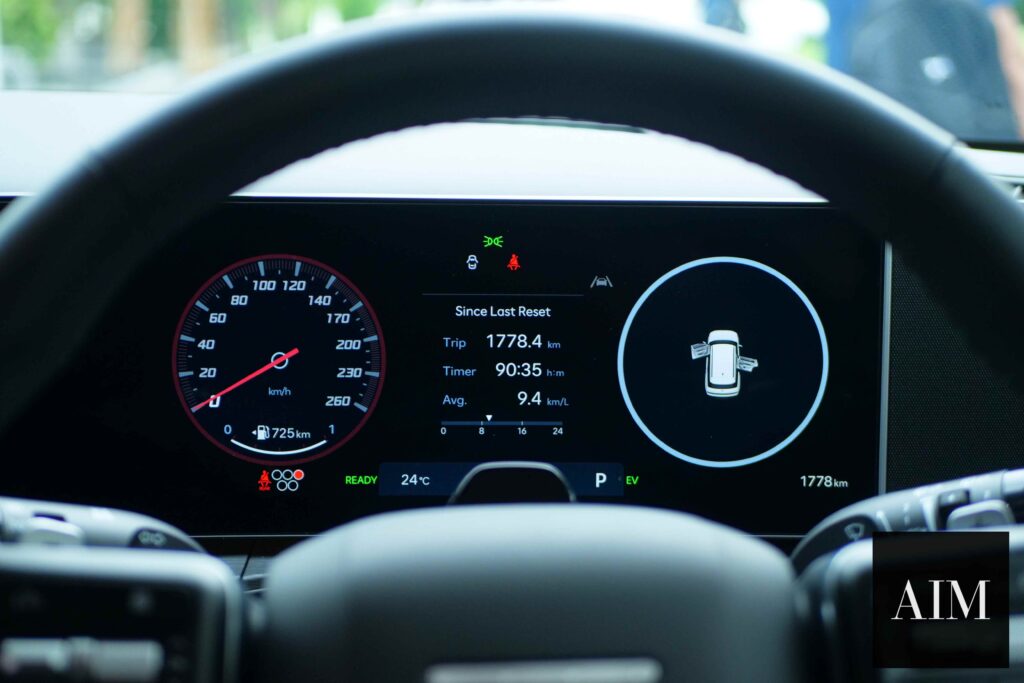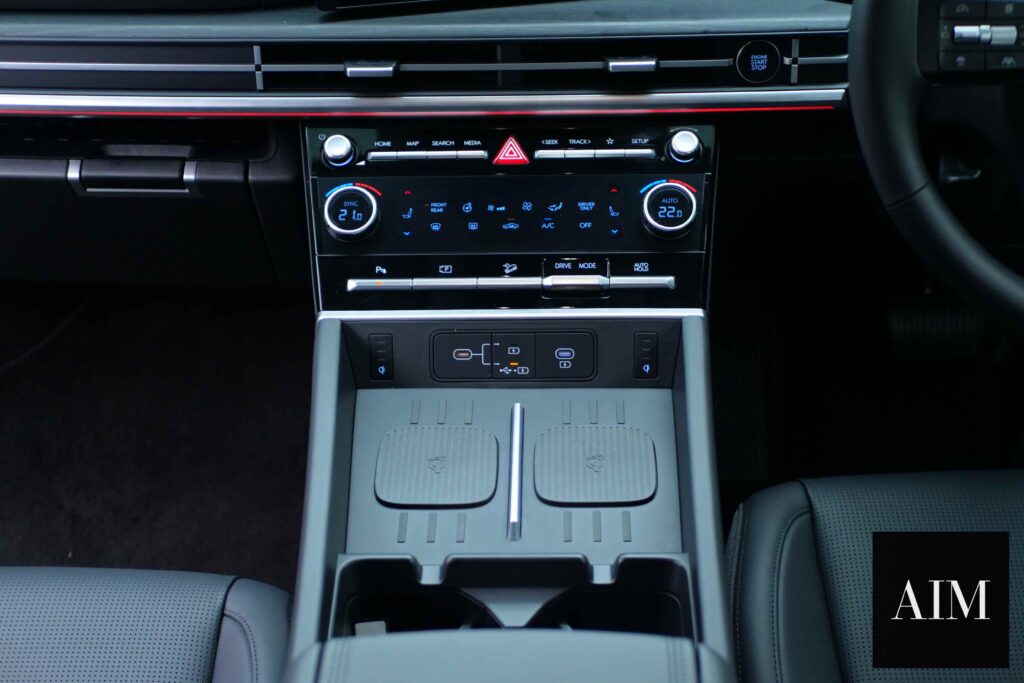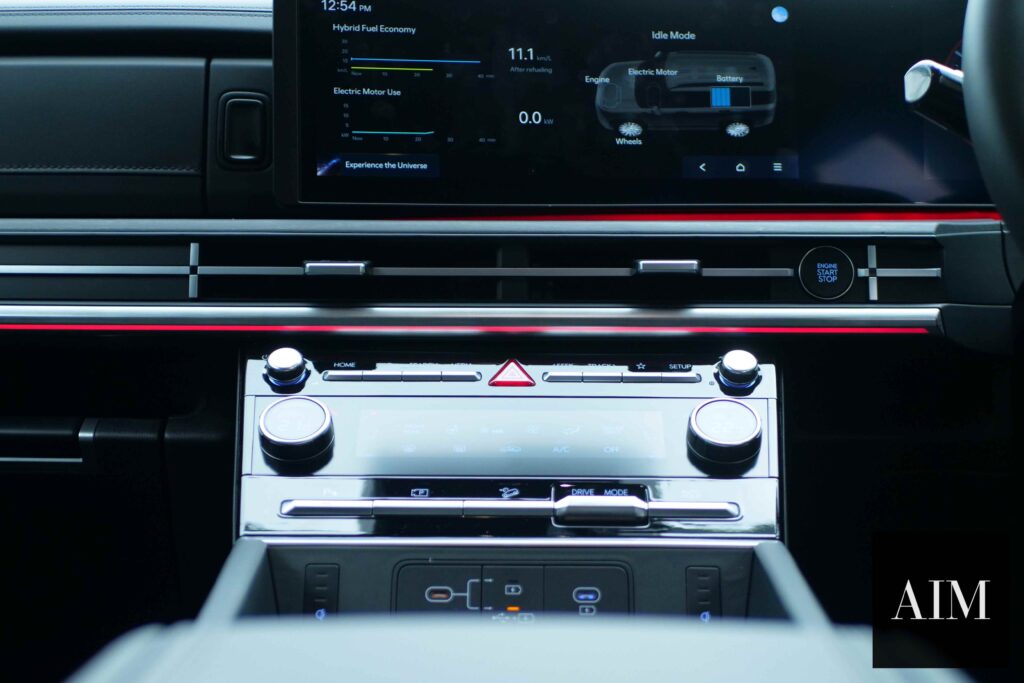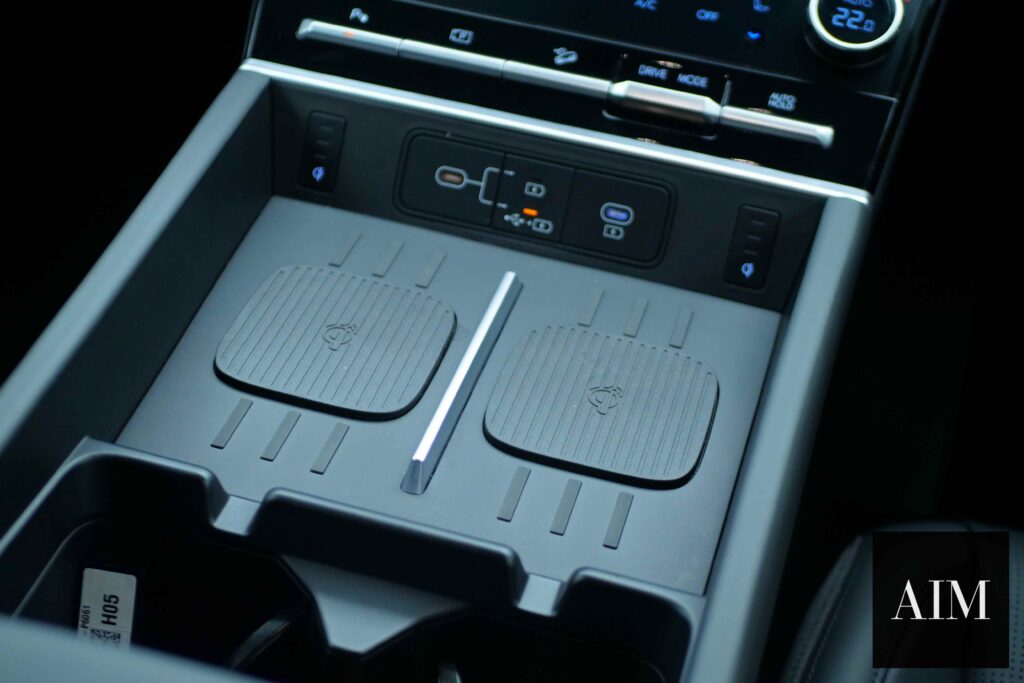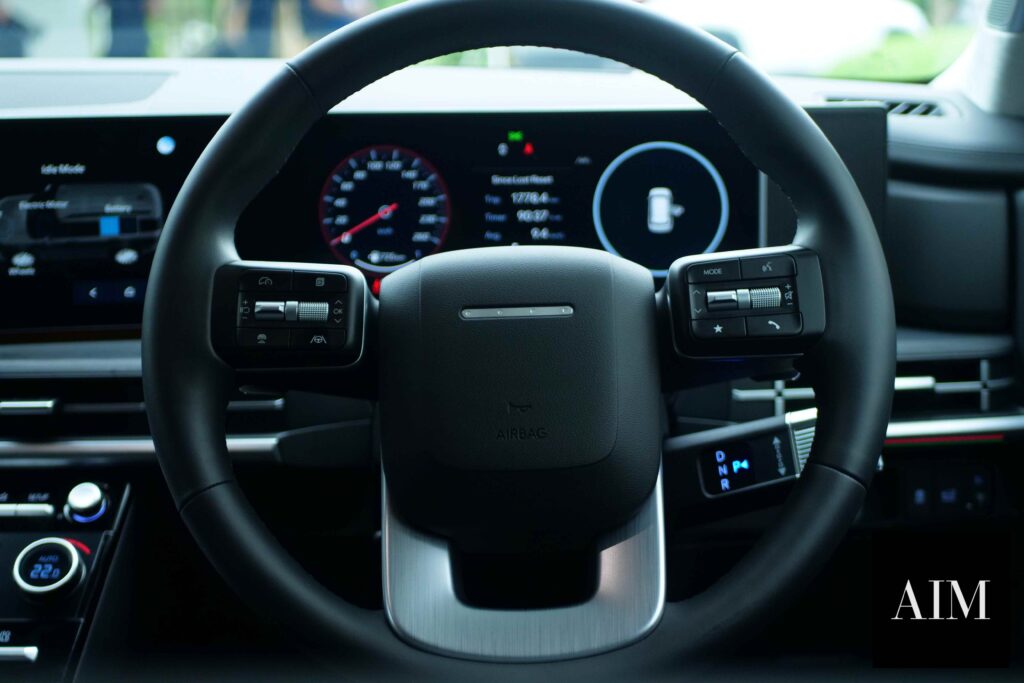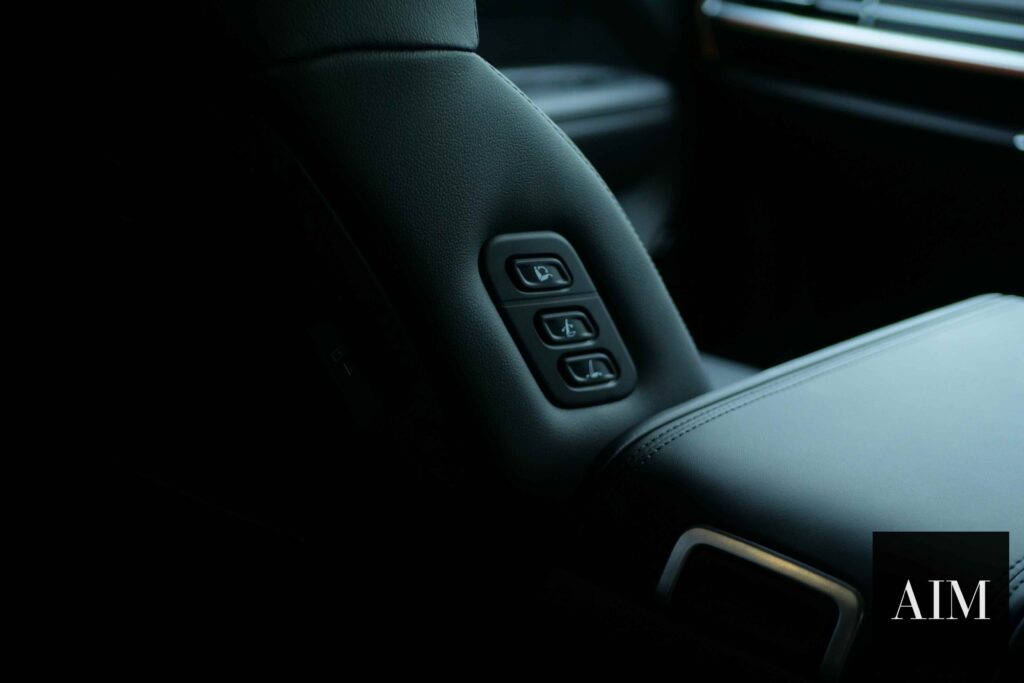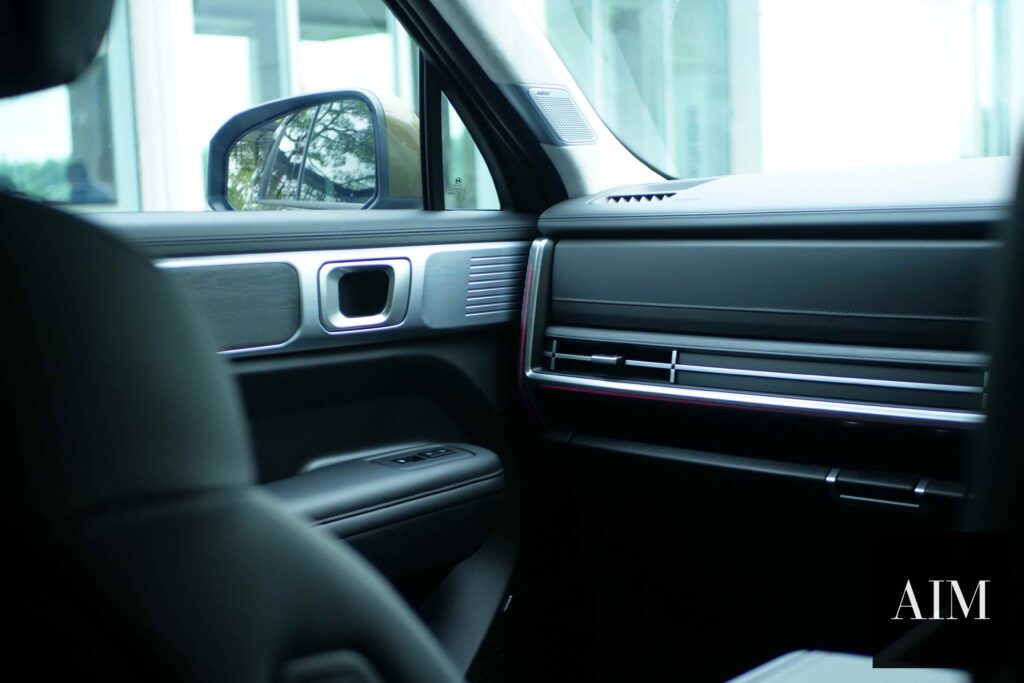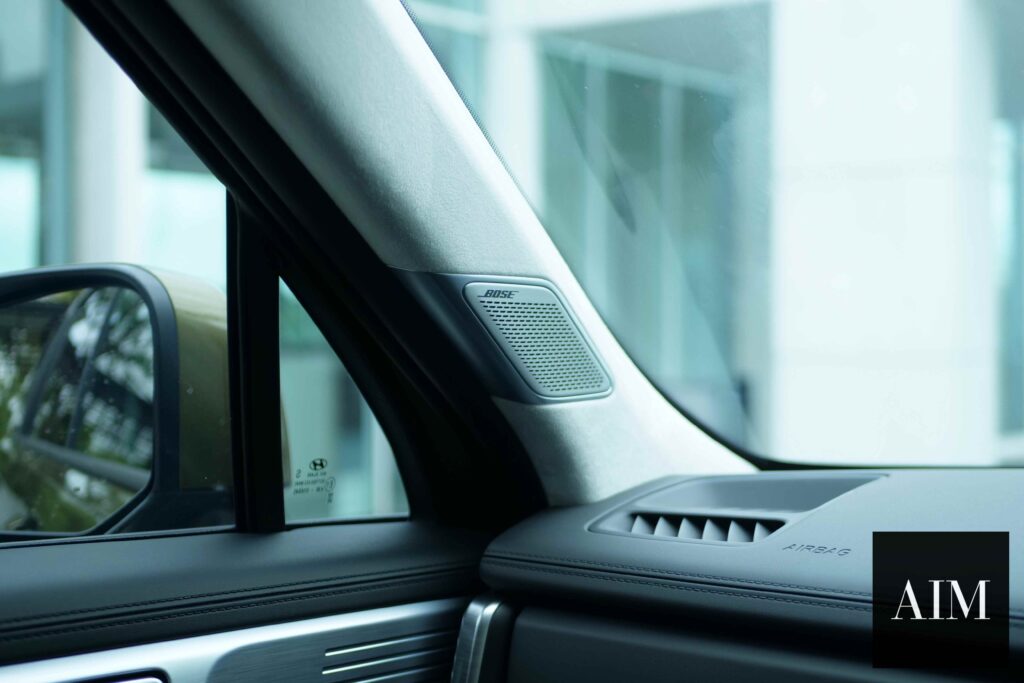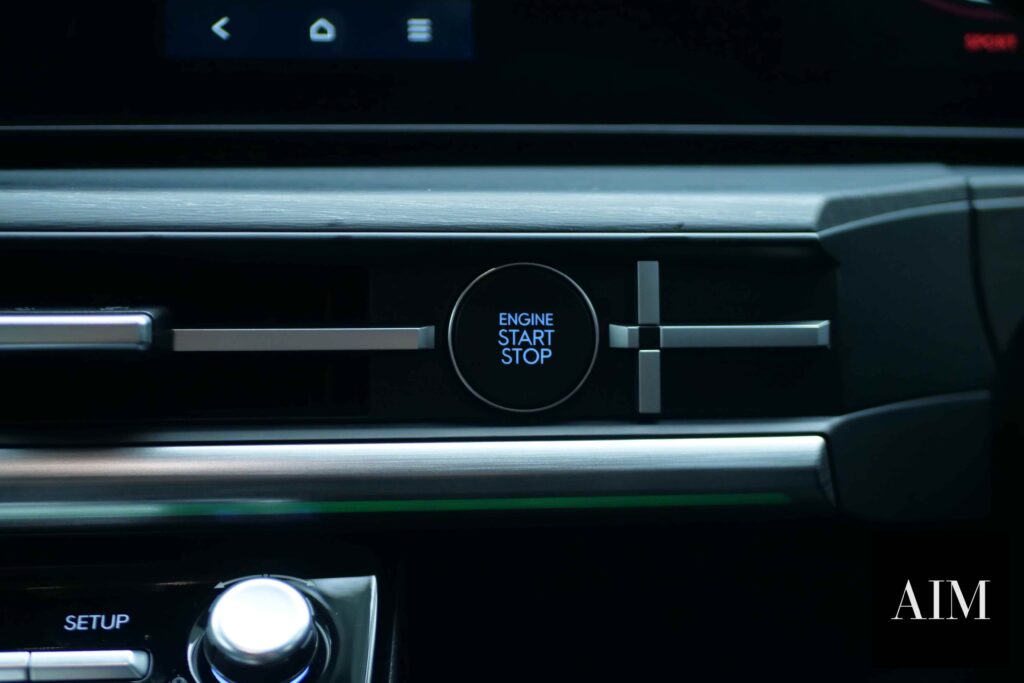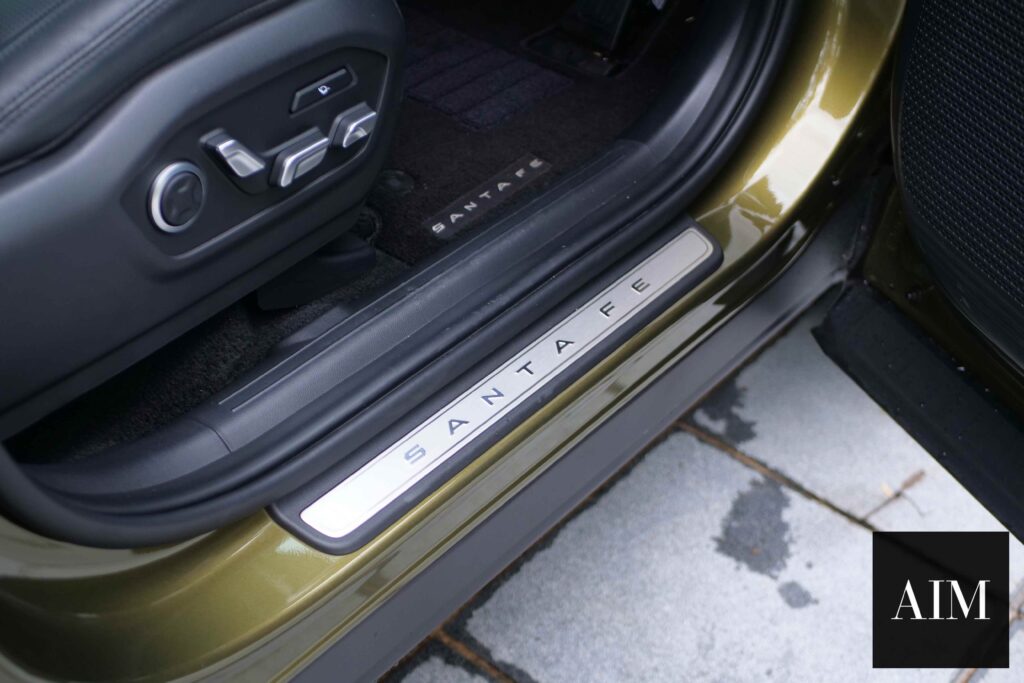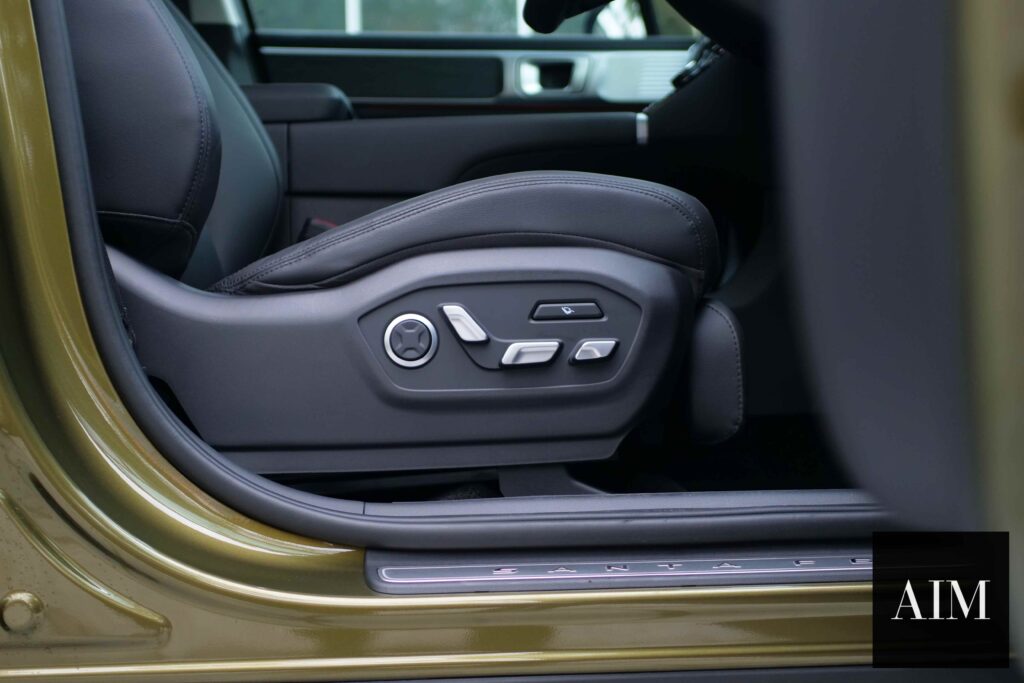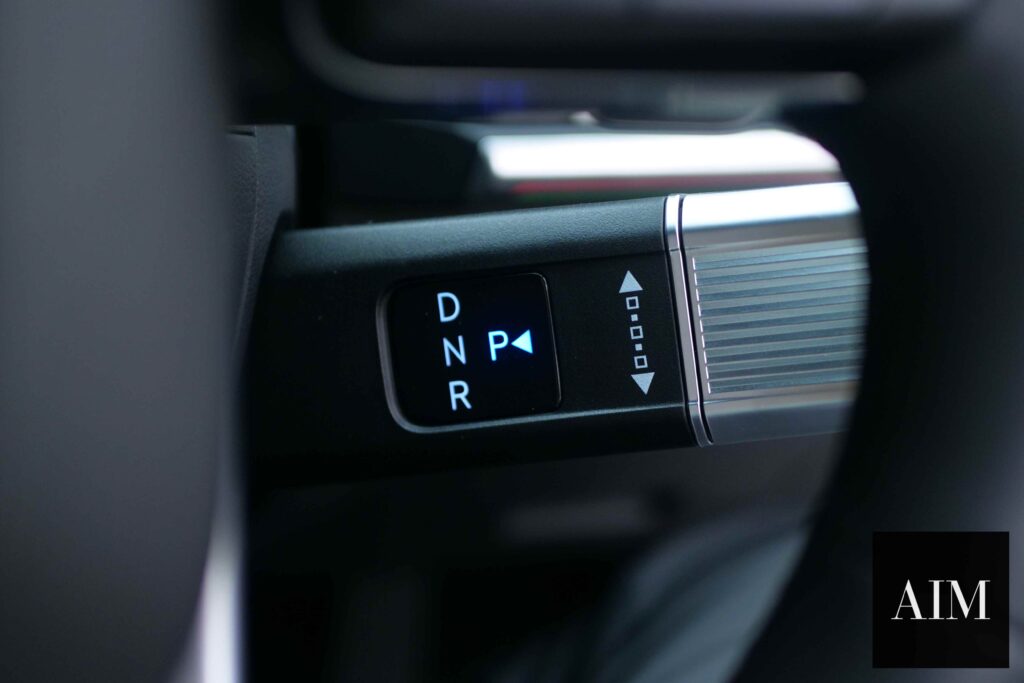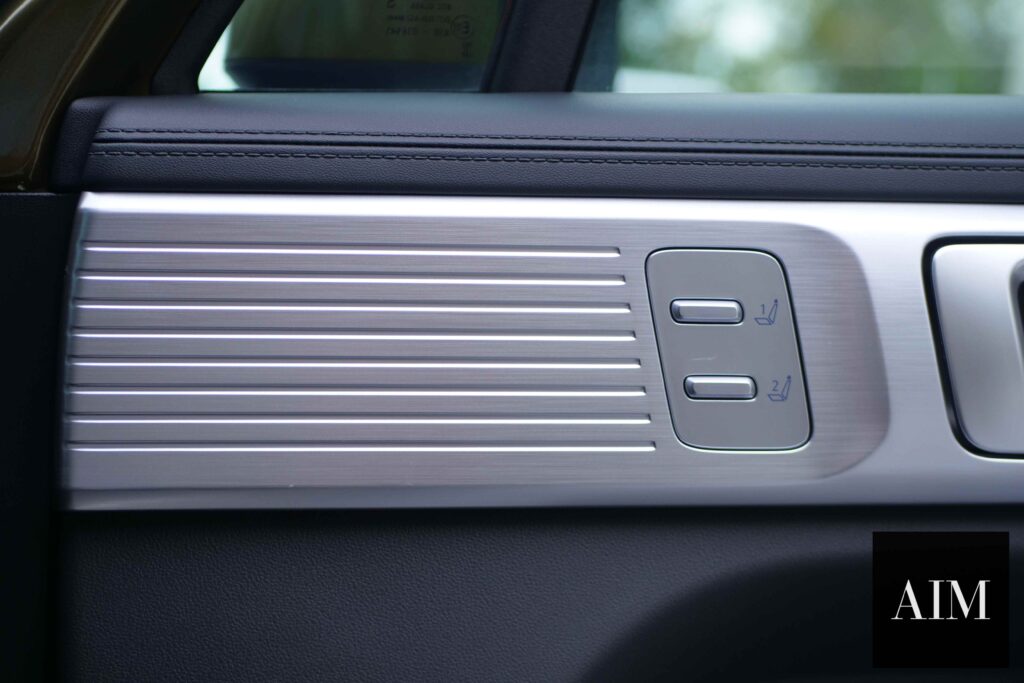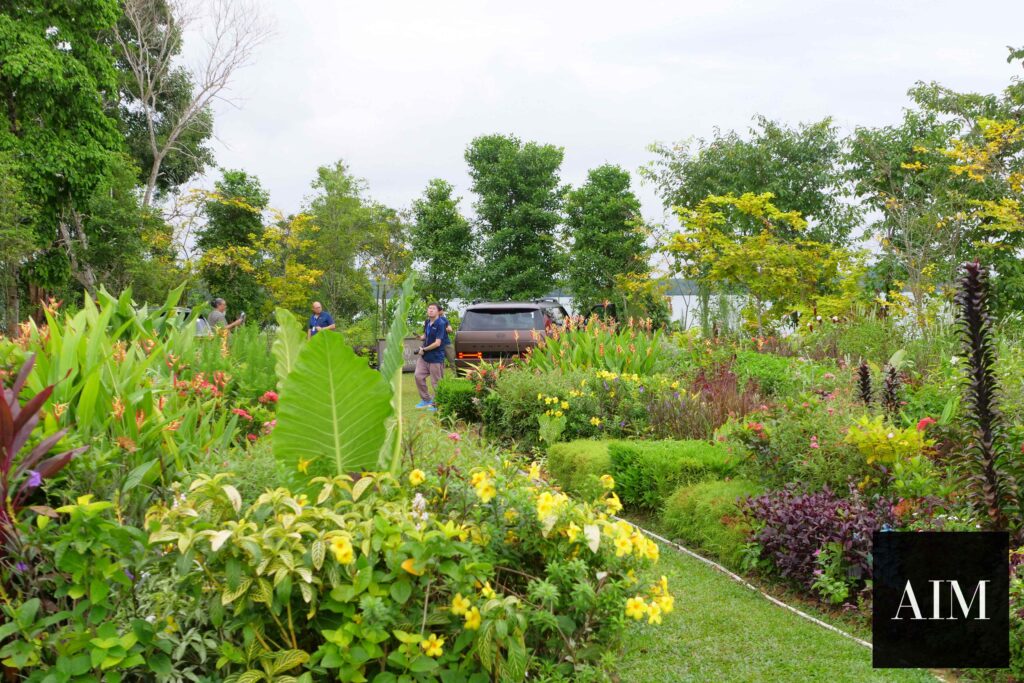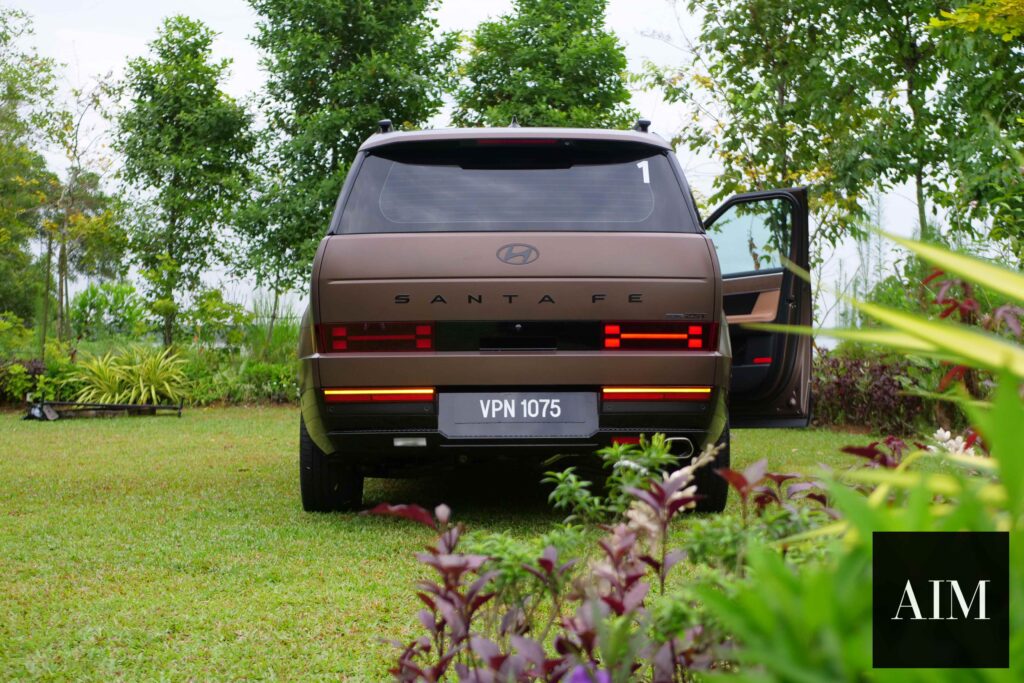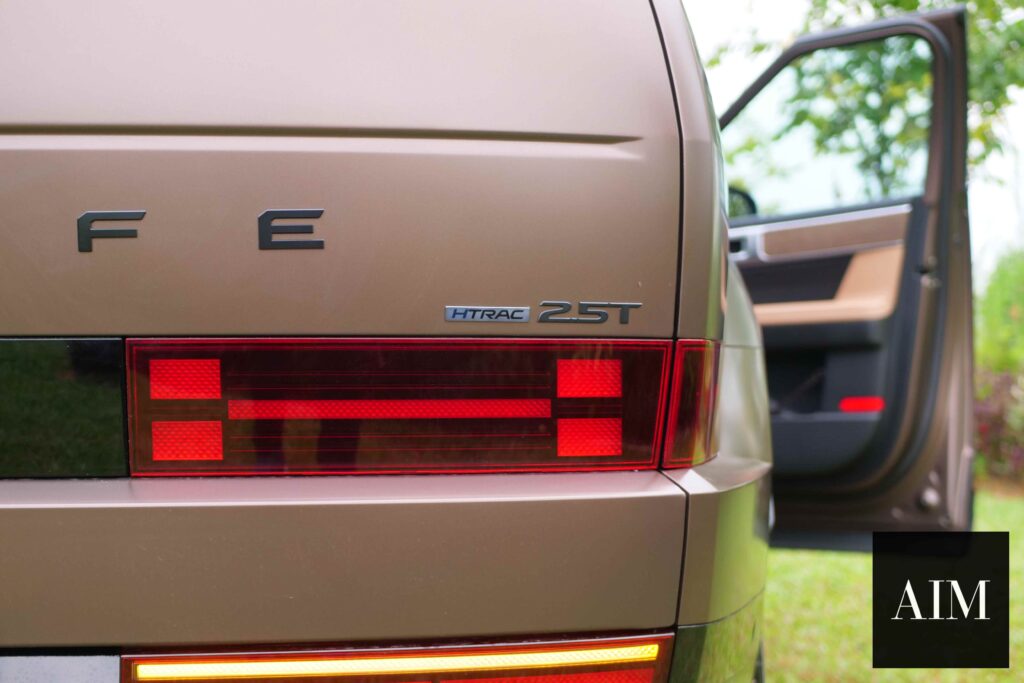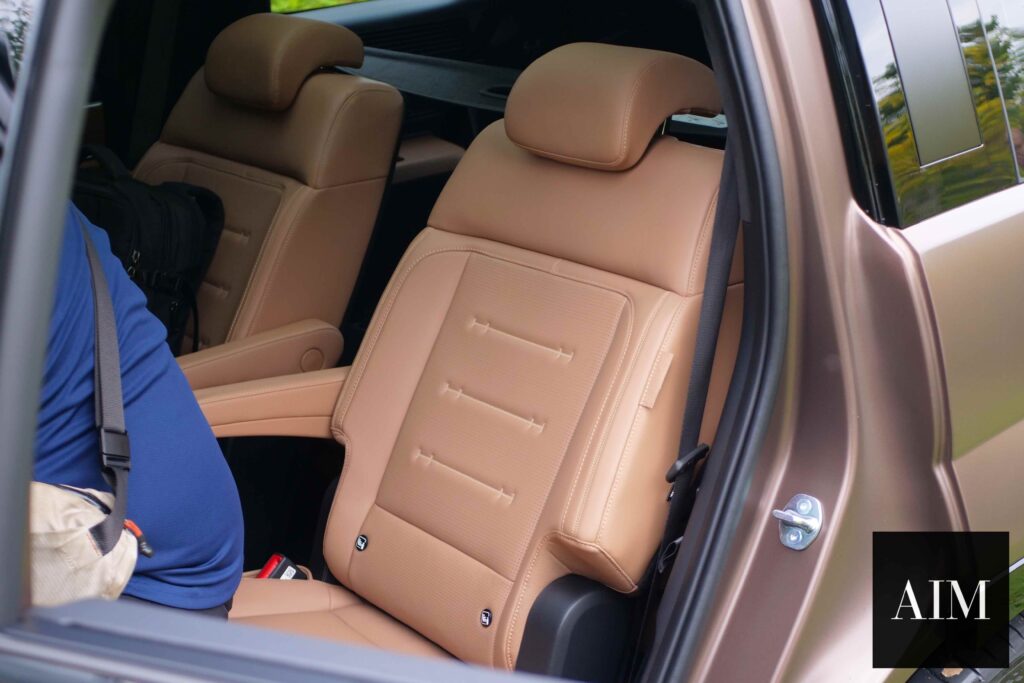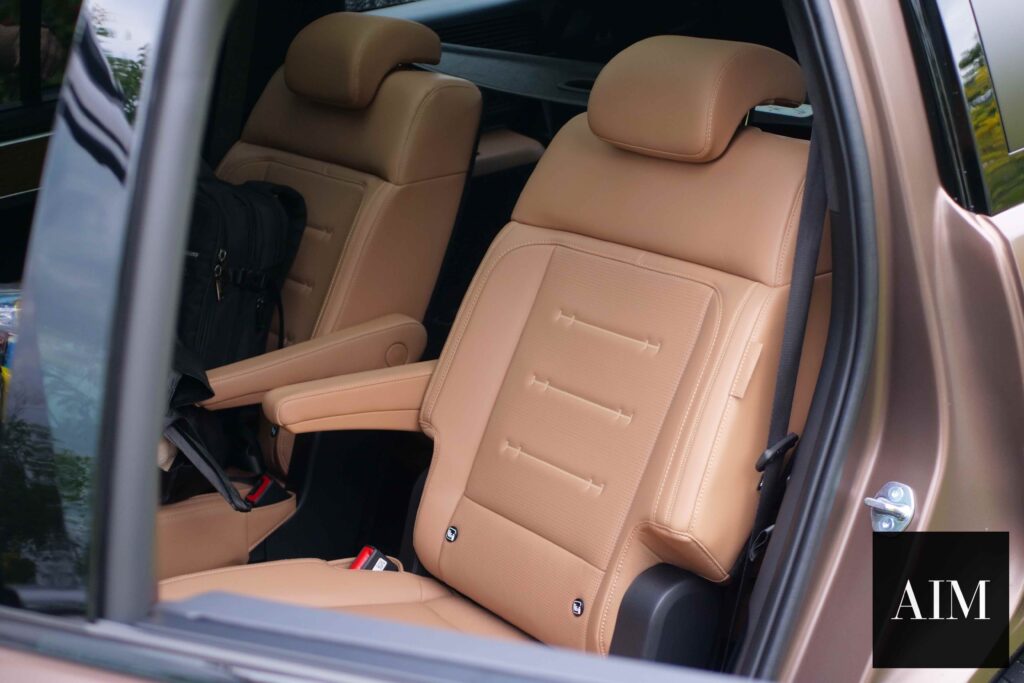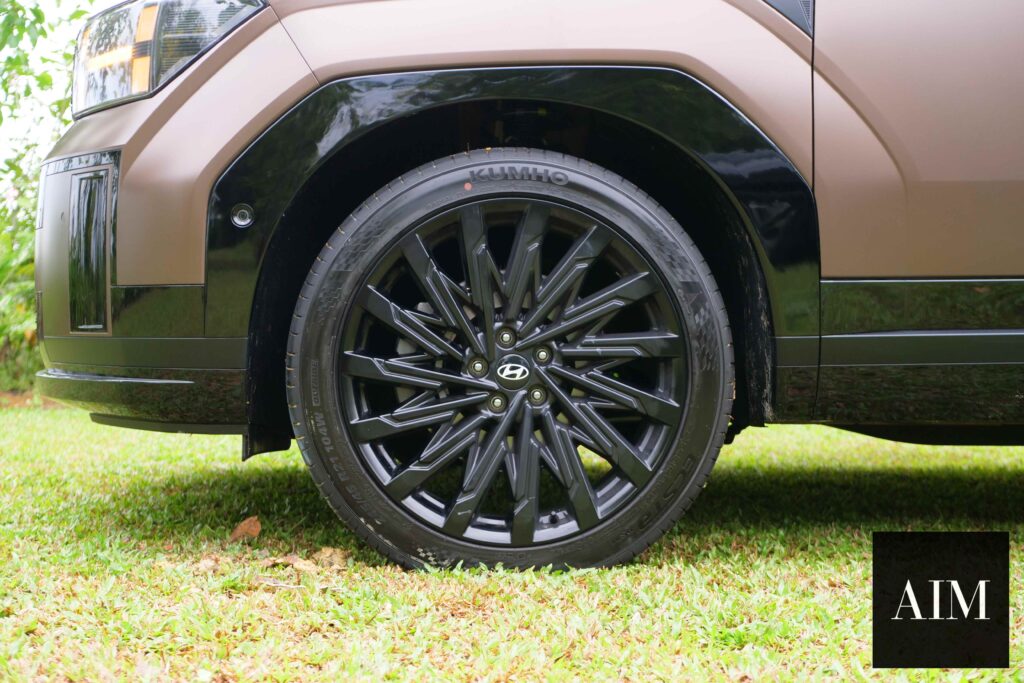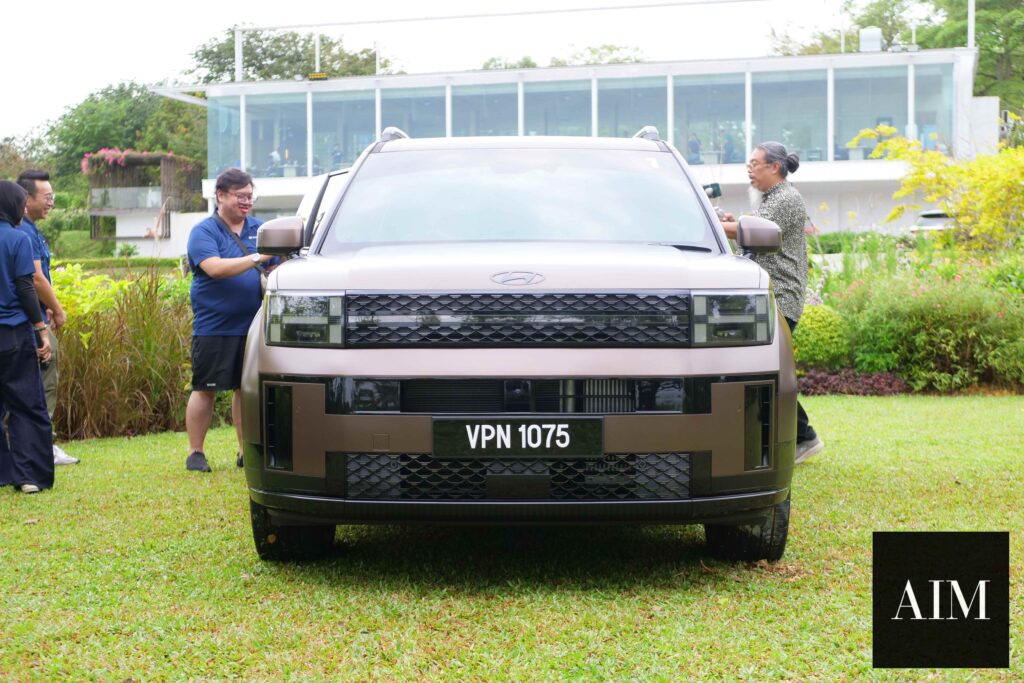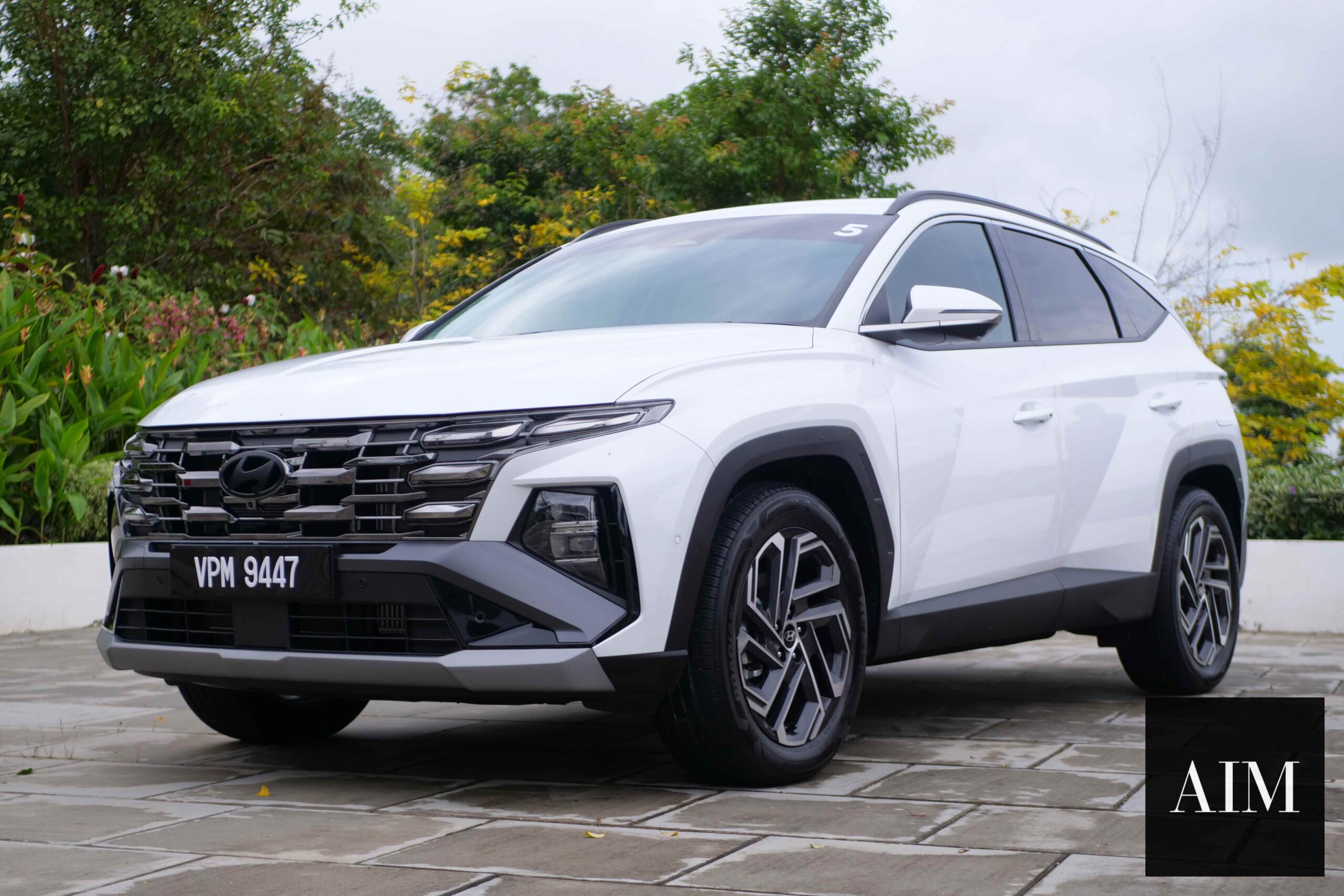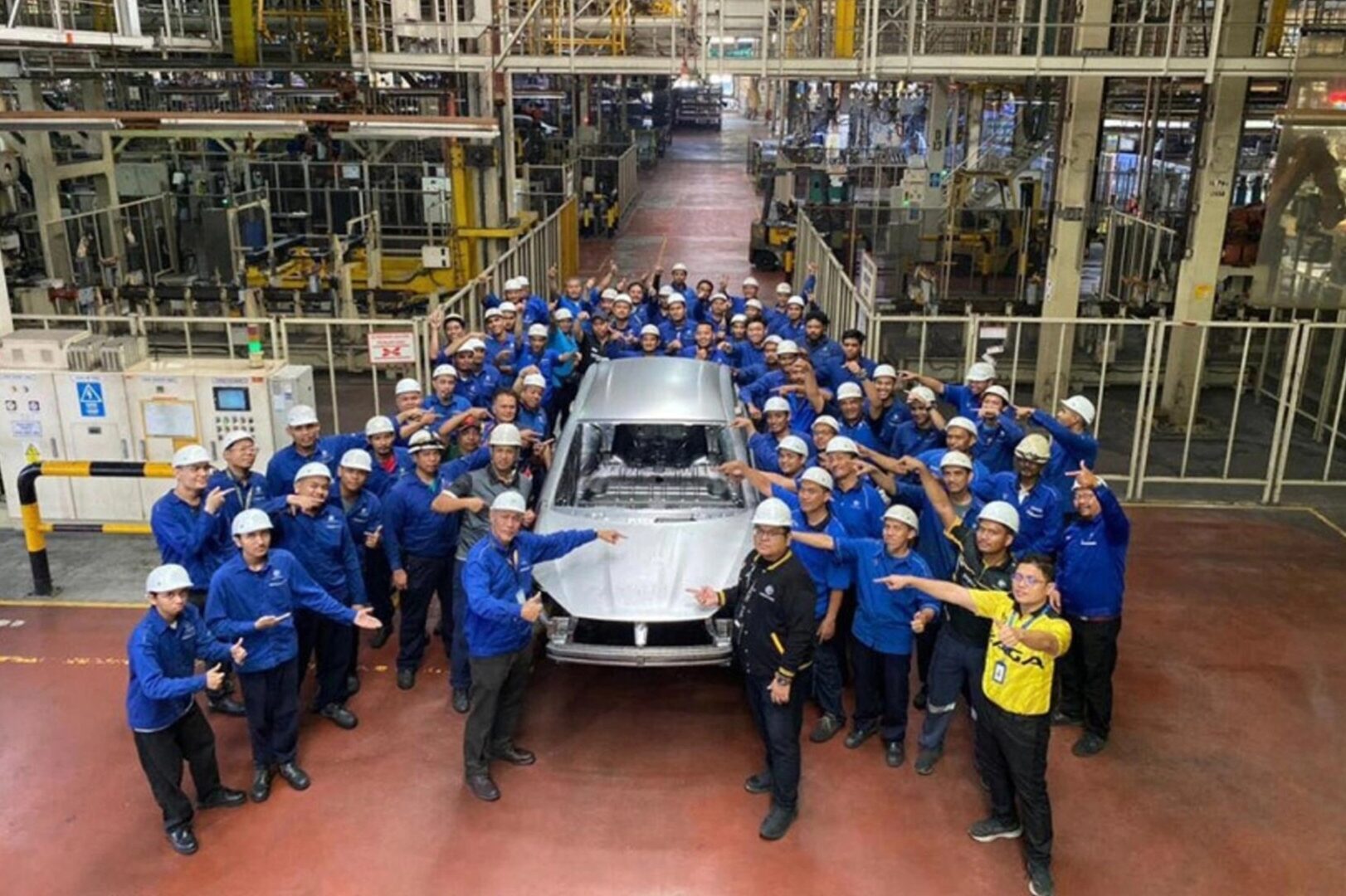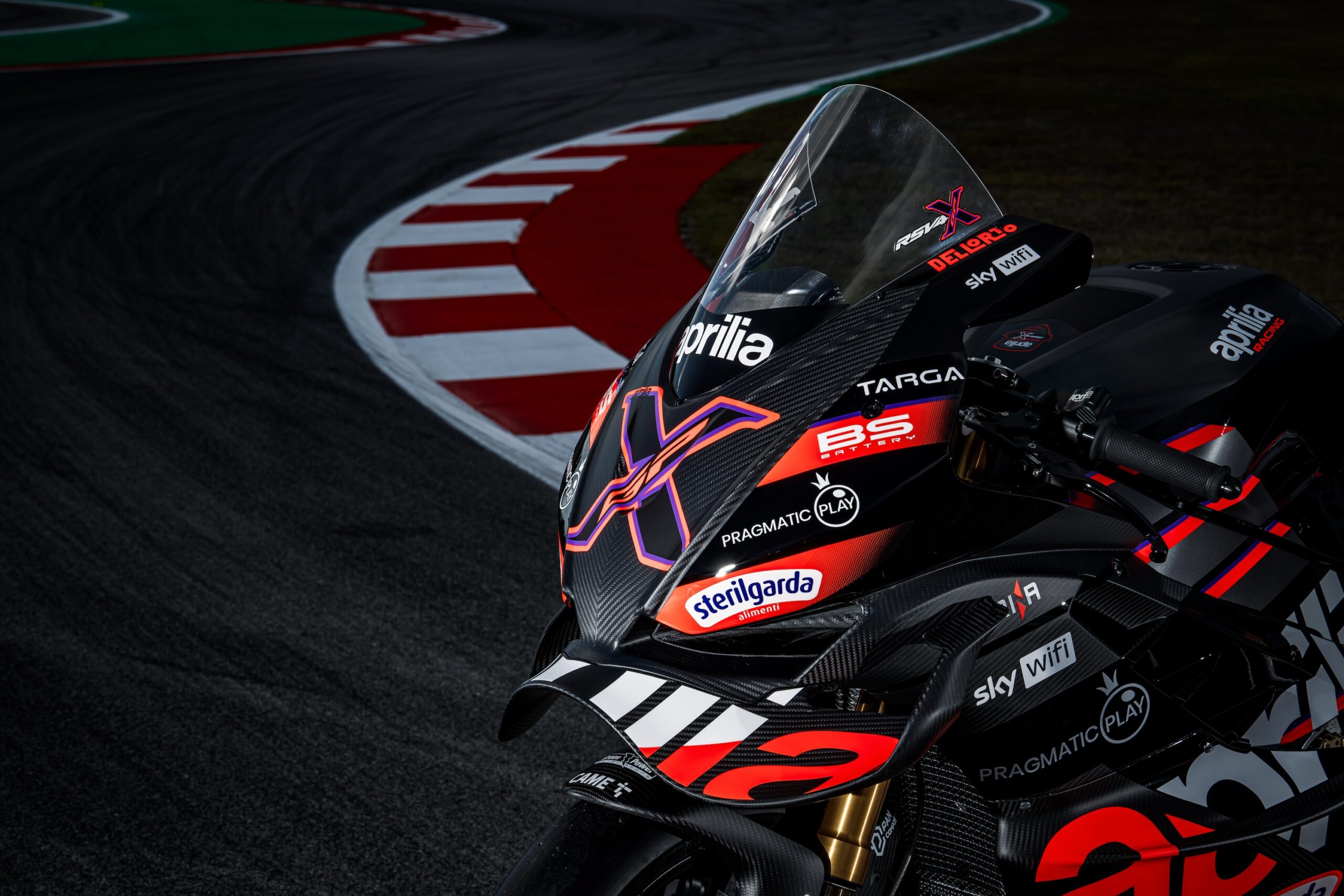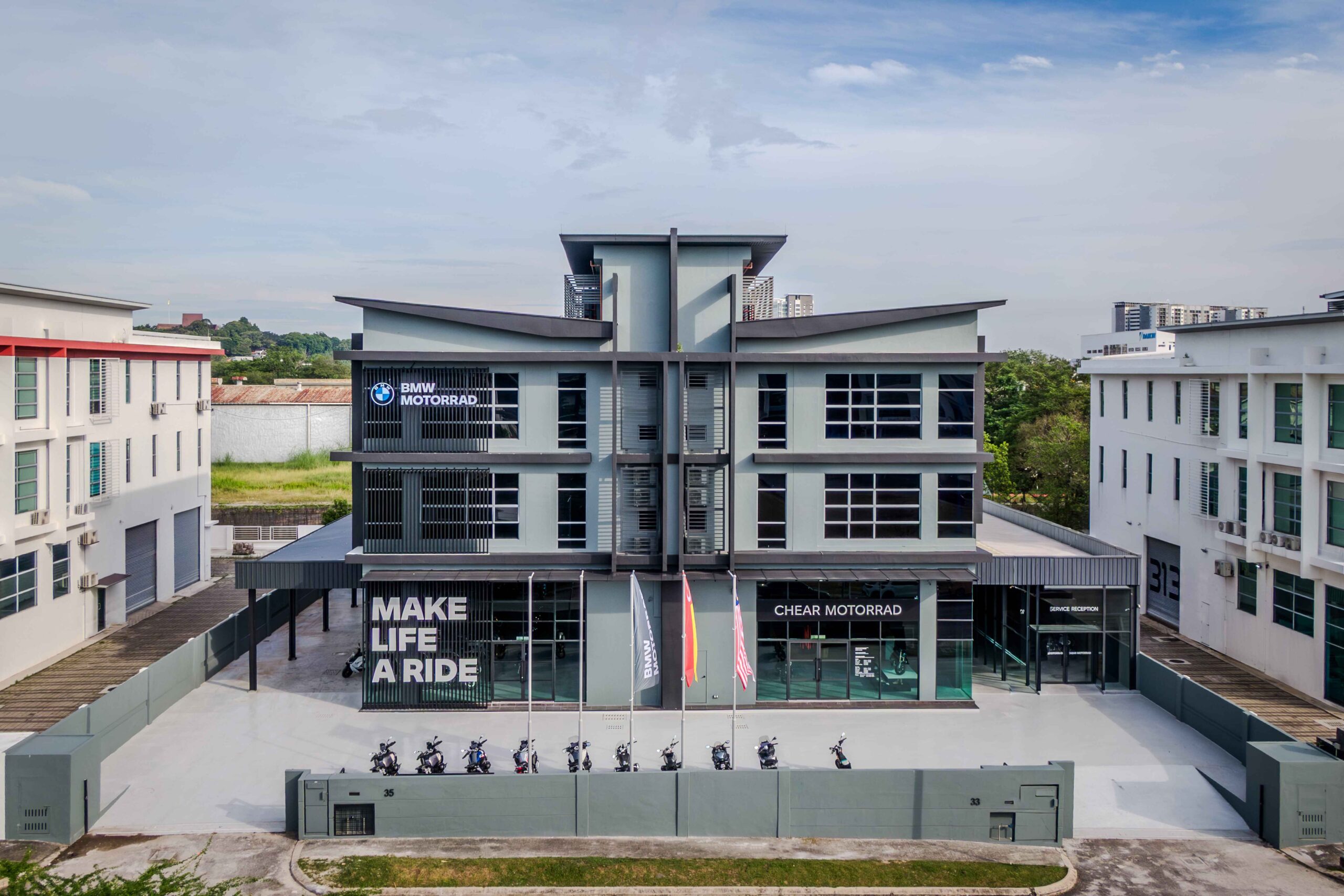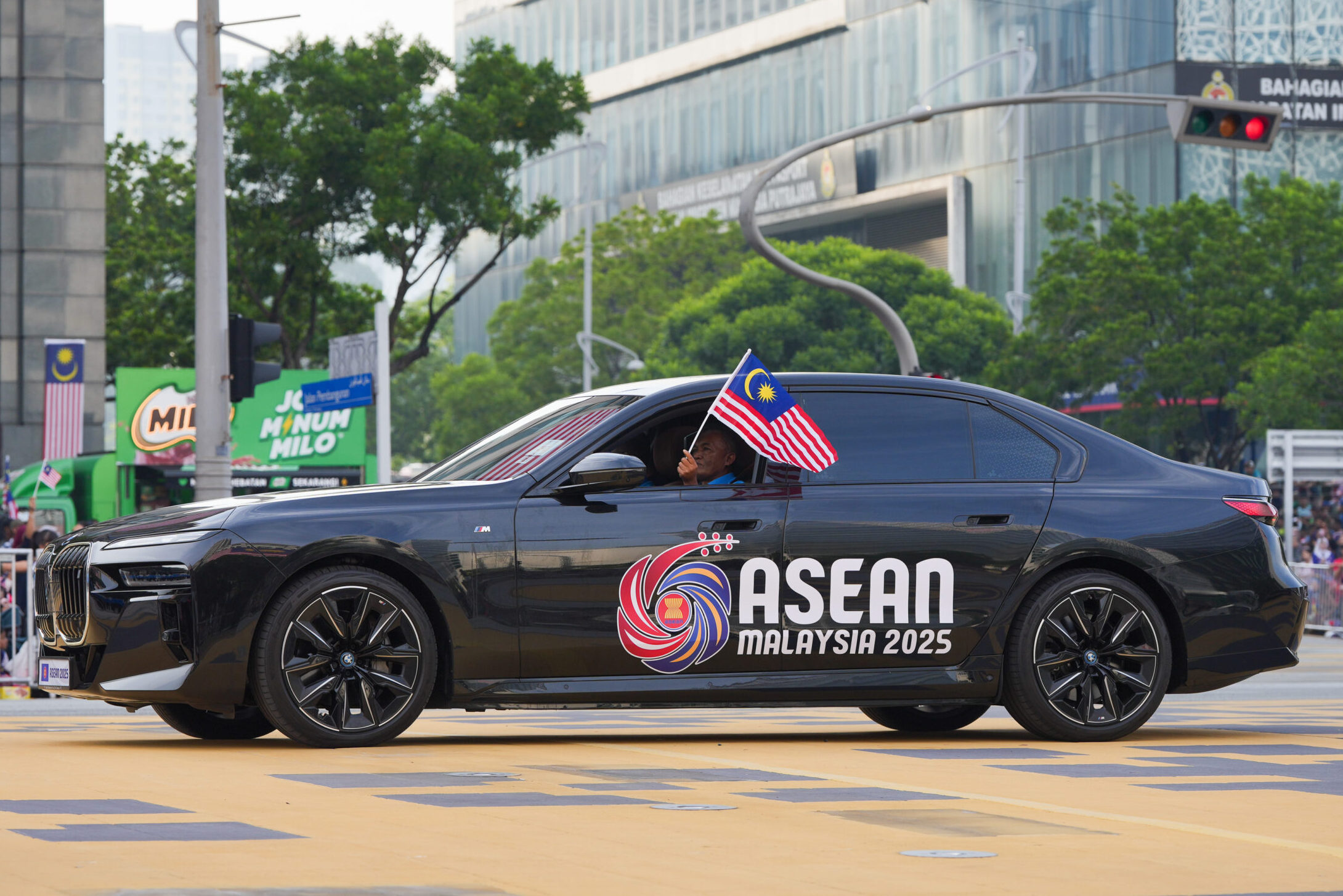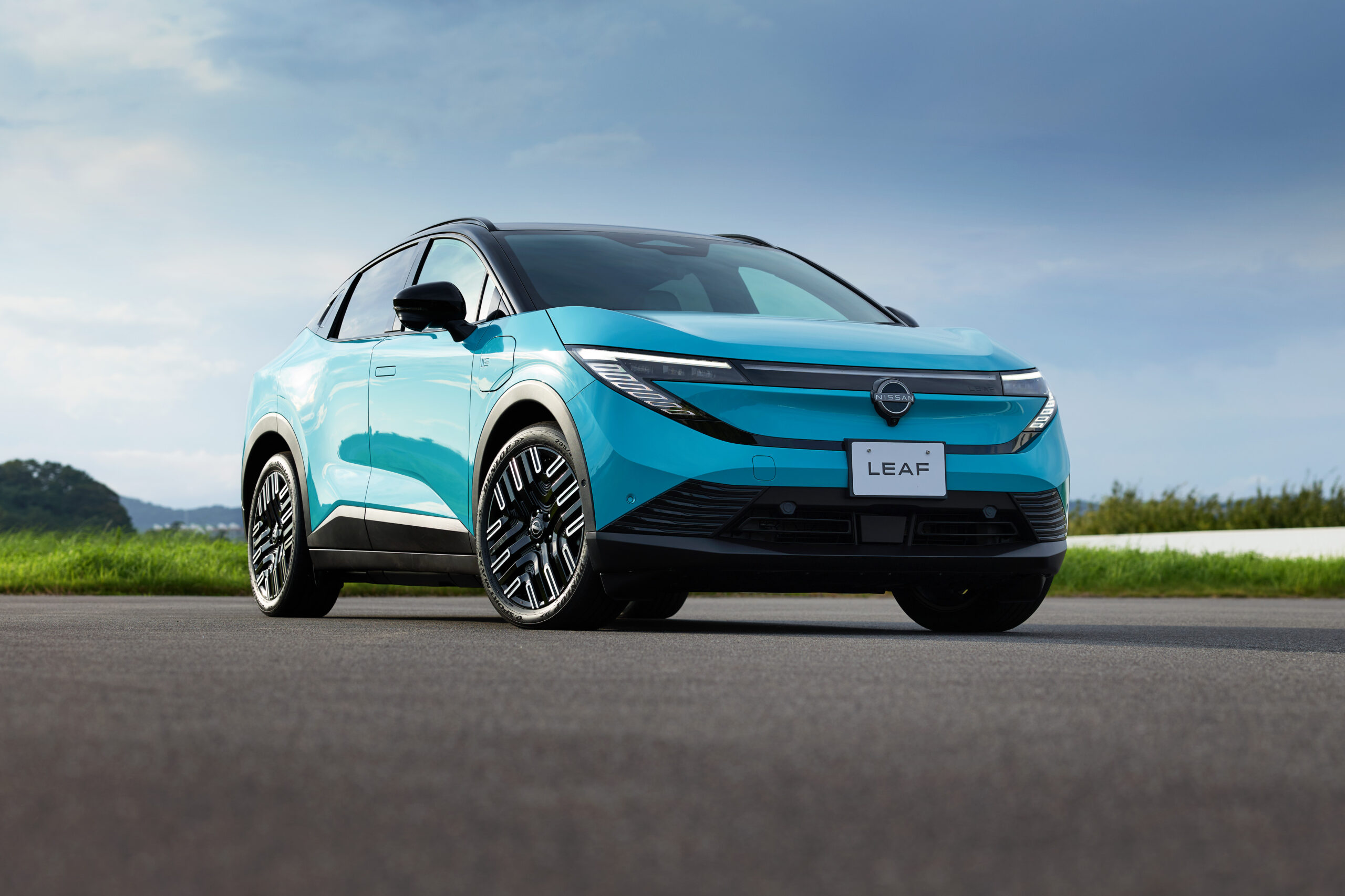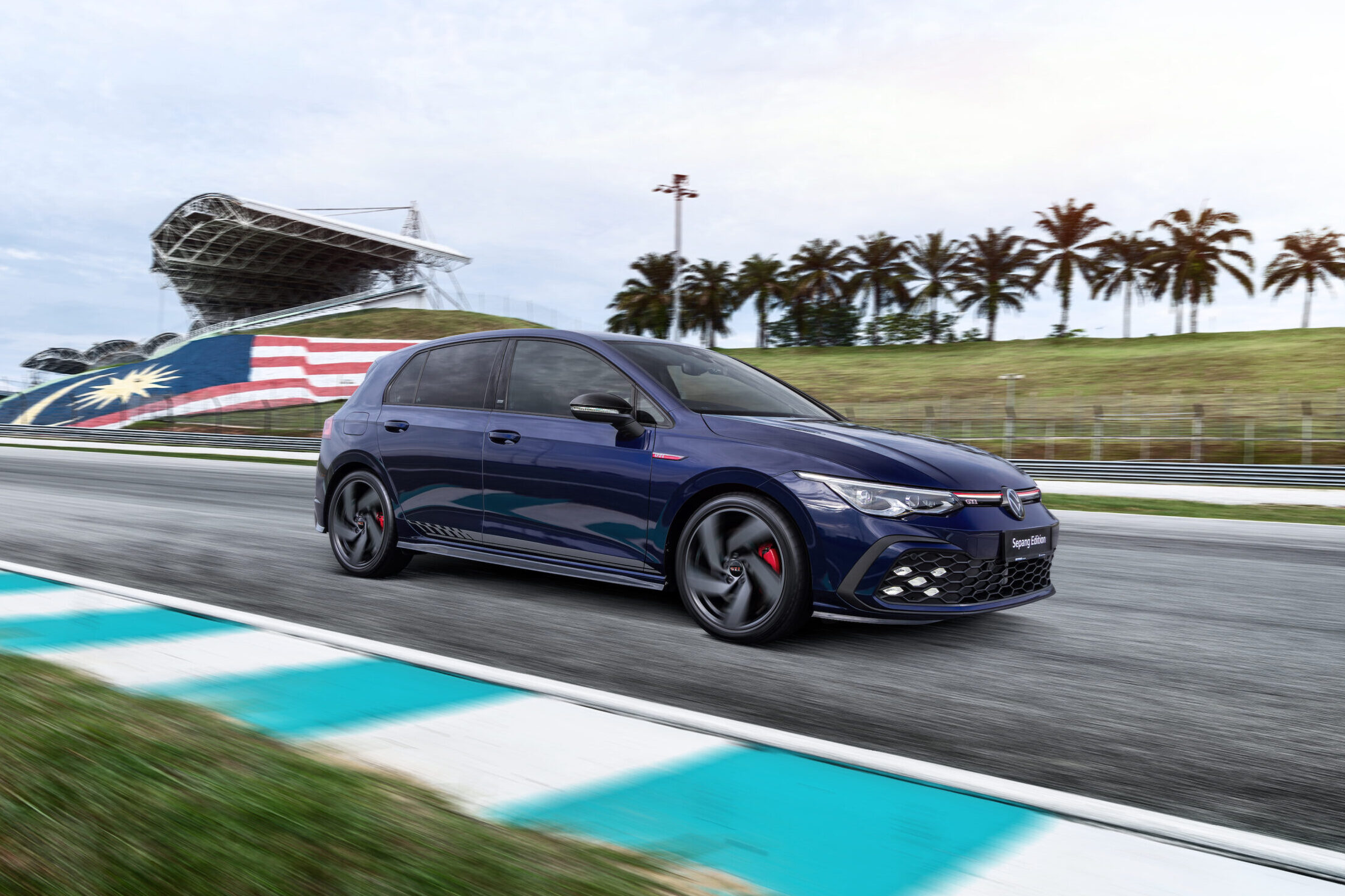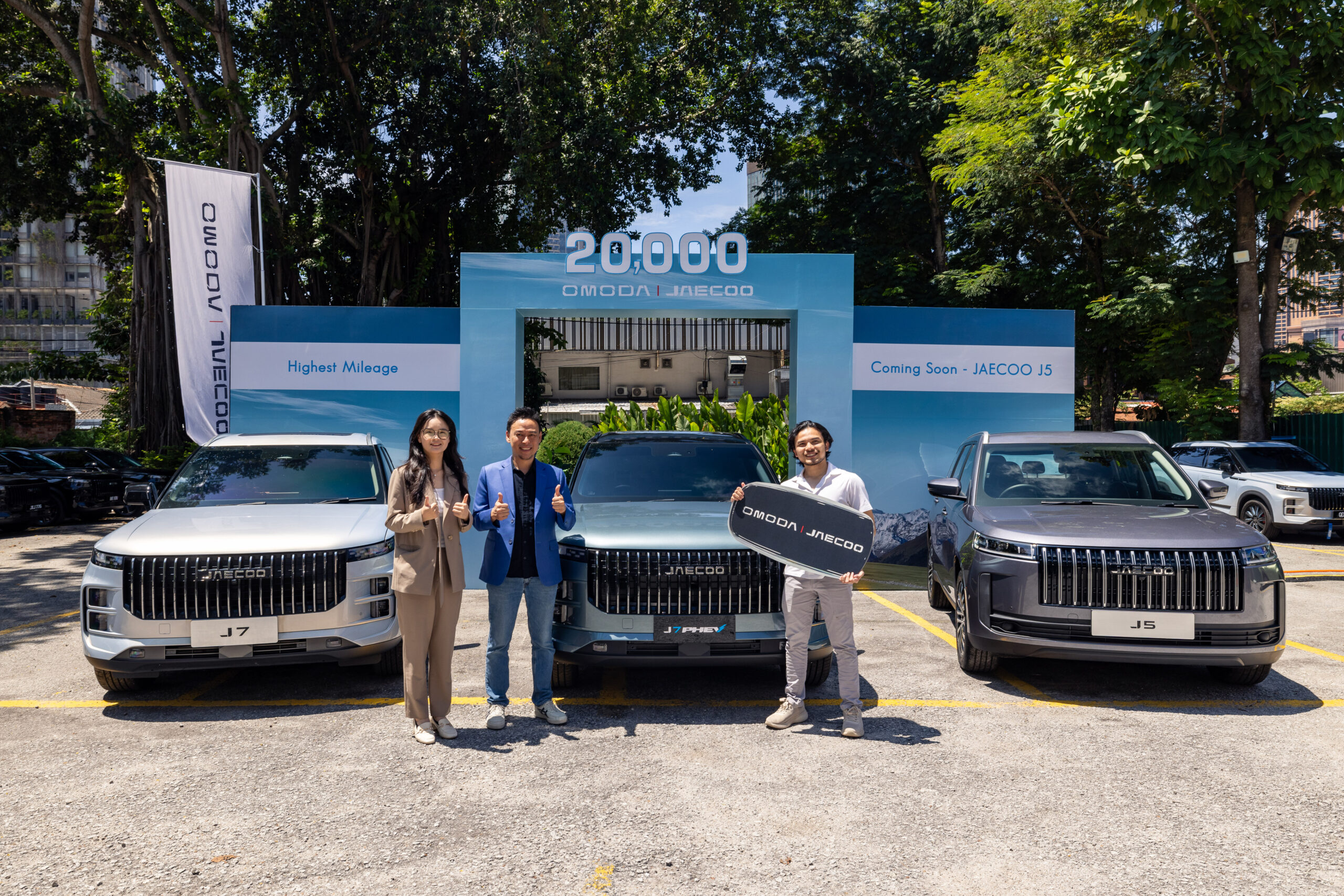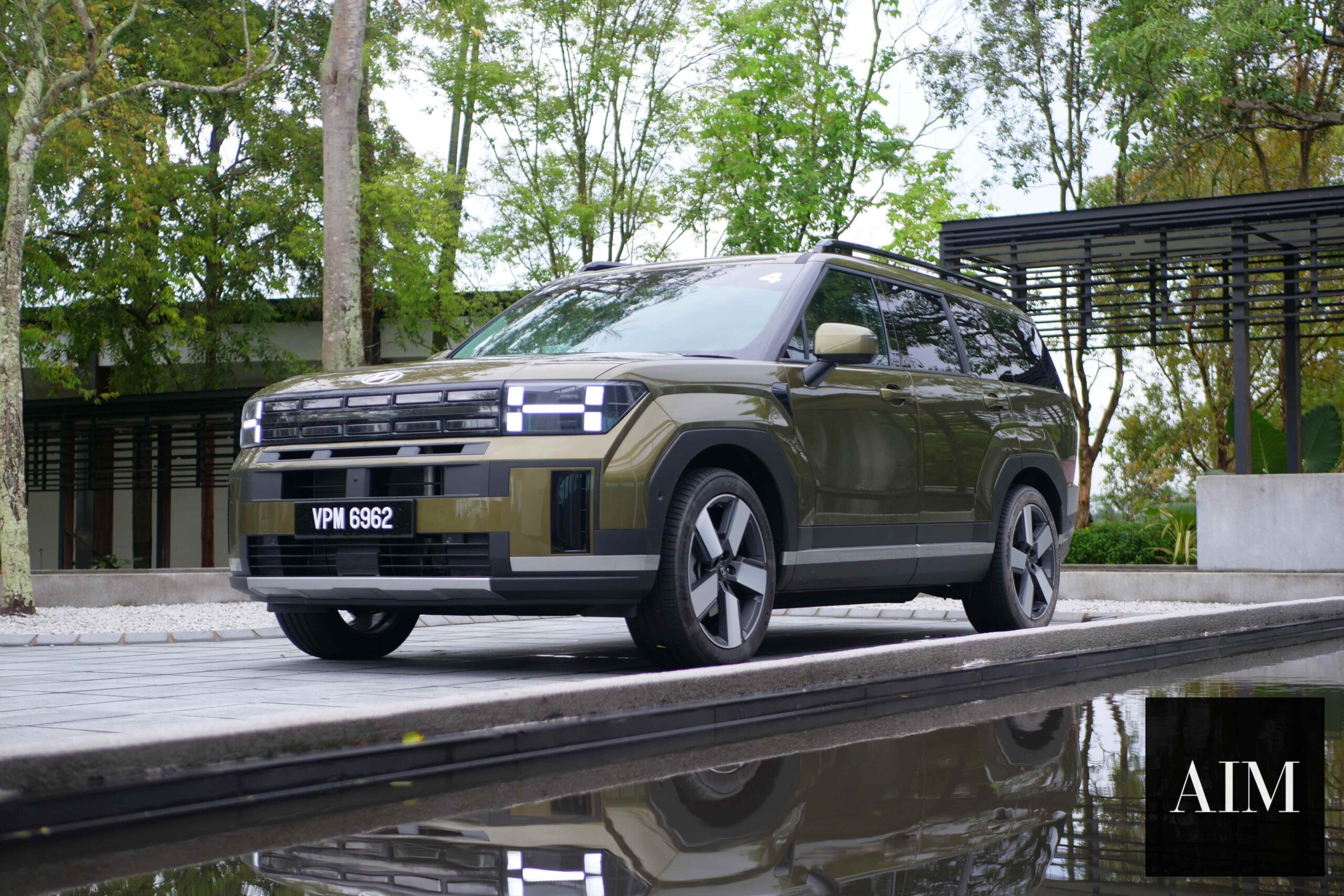
Hyundai SANTA FE — Complete long-form review
The SANTA FE sits like a calm, grown-up SUV. It looks modern without shouting. Up front it has a wide grille and integrated lighting that gives it a single, cohesive face. Higher trims show darker chrome and a more finished look. The roofline stays planted and the profile reads practical rather than sporty. Wheel choices span 18, 20 and 21 inches, so visual presence changes with the rim size. The overall design favours presence and comfort over flash.
Inside, the cabin feels like a quiet lounge. Materials improve as you move up trims; Calligraphy brings Nappa leather and finer trim pieces. The dash can host a panoramic curved display that joins a 12.3-inch instrument cluster and a 12.3-inch infotainment screen in one sweep on premium models. Storage is sensible. There is a large centre console tray, under-floor storage and multiple USB-C outlets for every row. Higher trims add dual wireless chargers and convenient trays with sanitising functions.
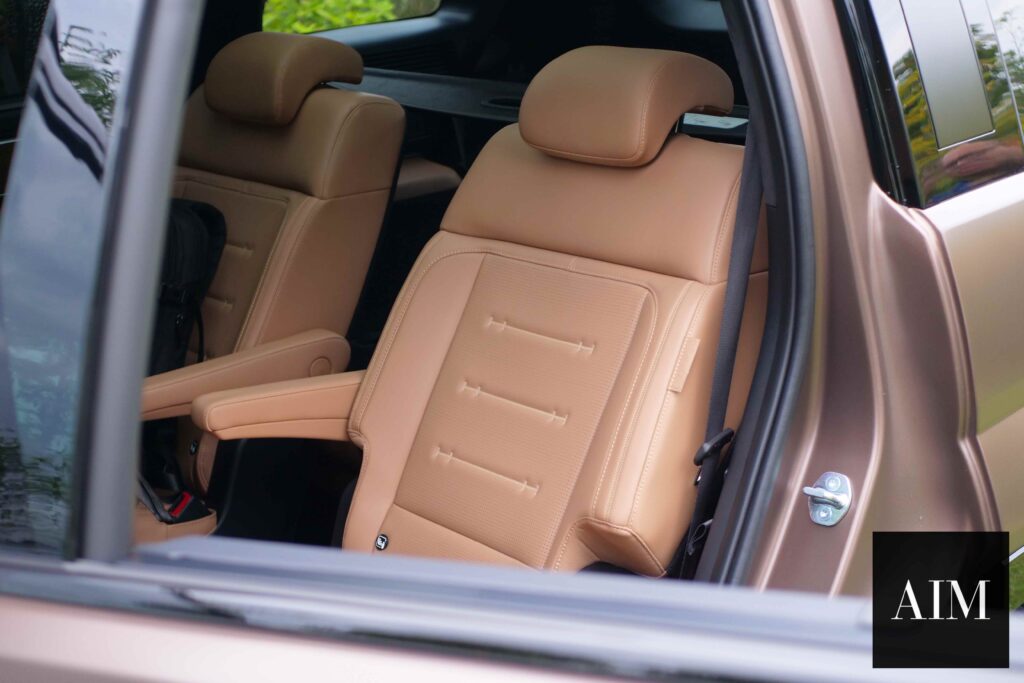
The second row has flexible layouts. Some cars come as six-seat captain-chair configurations, while others are seven-seat with a bench. In Calligraphy the second row can recline very low. That recline turned a rear seat into something almost like a lounger. I actually nearly fell asleep in it — and I have never slept in a car before. That small detail alone shows how far Hyundai pushed passenger comfort.
The seats themselves are supportive. Front seats come with power adjust, heating and ventilation depending on trim. Rear outboard seats on higher models are ventilated and heated too. The three-zone climate system sends air to each row, and rear vents are well positioned. The insulation and suspension tuning reduce road noise, so long highway miles feel less tiring. The smart power tailgate helps when you have luggage. Overall the interior focuses on long-distance ease: simple controls, a usable infotainment layout and a cabin that encourages relaxation.
Performance, tech and more specs
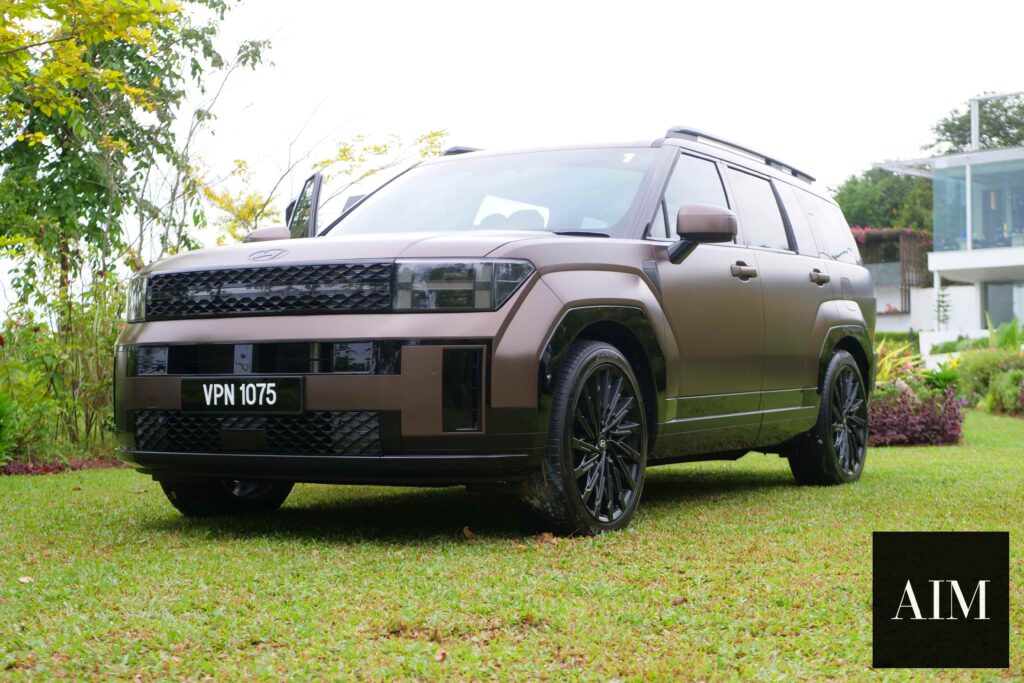
Under the hood the brochure shows two main powertrains for the region: a 2.5-litre turbocharged petrol and a 1.6-litre turbocharged hybrid. The 2.5T produces roughly 206.7 kW (281 PS) and about 422 Nm of torque in its most potent calibration. It pulls cleanly and gives the feeling of steady, usable power rather than raw shove. The hybrid pairs a 1.6-litre turbo petrol engine with an electric motor.
The internal-combustion unit contributes around 132.4 kW and 265 Nm, while the electric motor adds about 44.2 kW and 264 Nm. Hyundai lists the hybrid’s combined output at roughly 172 kW (235 PS) and 367 Nm. The hybrid uses a transmission-mounted electric device with an 8-speed dual-clutch arrangement in the hybrid layout. Petrol-only variants use conventional automatic gearboxes, including 6-speed automatics on some trims.
Chassis hardware is straightforward and comfort-oriented. The front uses MacPherson struts and the rear runs a multi-link setup. Steering is Motor Driven Power Steering. Brakes are ventilated discs. These choices give predictable handling and a composed highway ride rather than sports-car agility. Tyre and wheel packages vary: 18-inch rubber favours cushioning, while 21-inch wheels sharpen looks at the cost of a firmer ride. Brake feel is adequate and progressive; it suits family hauling and confident motorway stops.
On the hybrid, the battery is a small lithium-ion unit. It’s compact — a little over one kilowatt-hour in nominal capacity — and designed to assist rather than power long electric runs. That arrangement makes city driving smooth and improves low-speed refinement. In traffic the hybrid’s electric assist smooths throttle transitions and reduces fuel demand. The 2.5T feels livelier on midrange overtakes, but you never get the sense the SANTA FE is tuned for racetrack thrills. It is tuned for steady progress, effortless cruising and reassuring in-gear flexibility.
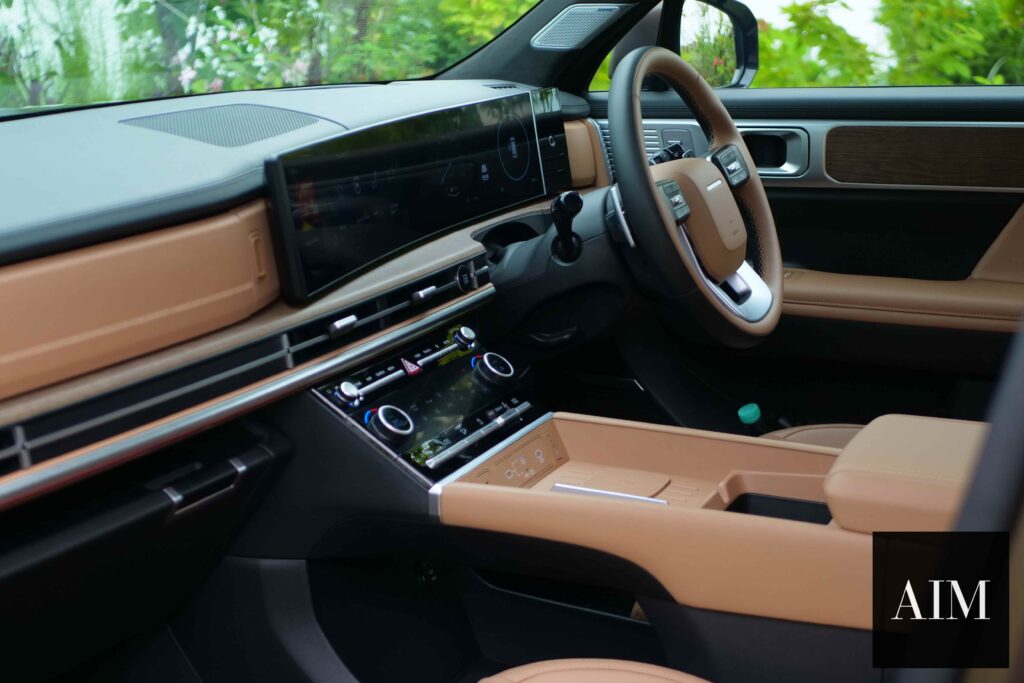
Technology and active safety are comprehensive. The car includes driver aids like forward collision avoidance with pedestrian and cyclist detection, lane keeping and lane following assists, a smart adaptive cruise system with stop-and-go capability, blind-spot collision avoidance and rear cross-traffic warnings.
Parking is helped by a surround view system and sensors. On higher trims you can expect up to ten airbags, a heads-up display and a full suite of convenience tech such as wireless phone integration and multiple USB-C ports. The infotainment responds quickly and includes navigation; it’s easy to use on long trips when you want directions without fuss.
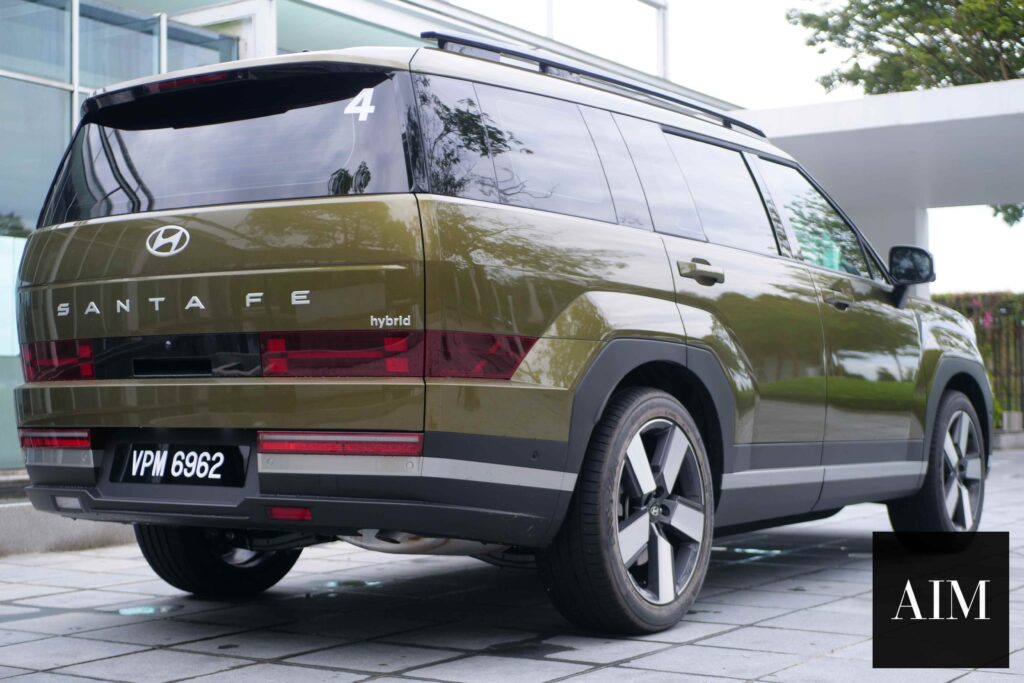
Practical specs that matter for ownership are focused on family use. Seating arrangements change by trim: choose captain chairs for a more lounge-like second row or pick the bench for more seats. Cargo space is sensible for daily use and weekend luggage. The smart tailgate height settings help in tight parking bays. Fuel consumption and tank capacity vary by engine and market, but the hybrid is clearly aimed at shaving urban consumption, while the 2.5T gives easier overtakes on highways.
My real-world drives and final impressions
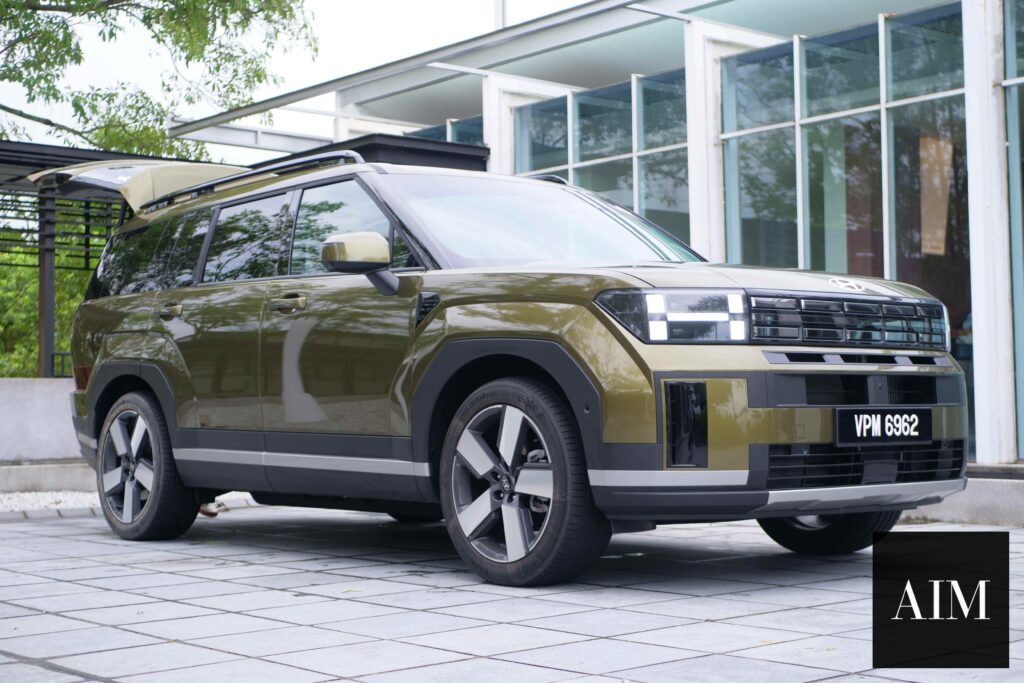
We drove the hybrid from TRX to A’Famosa Resort with this beast and Tuscon. That trip tested urban starts and highway cruising. The hybrid felt composed and quiet in town. After that I switched focus to the 2.5T Calligraphy and spent a three-hour loop around Anantara Desaru and the local area known as “the veil.” The 2.5T carried passengers with quiet authority. It accelerates kindly and holds speed without fuss. For blog article review of the Tuscon, read here
In both cars high-speed cruising felt stable and relaxed. The suspension absorbed rough patches with minimal disturbance to the cabin. Combined with the effective seat support and the recline in the second row, those long stretches became genuinely restful.
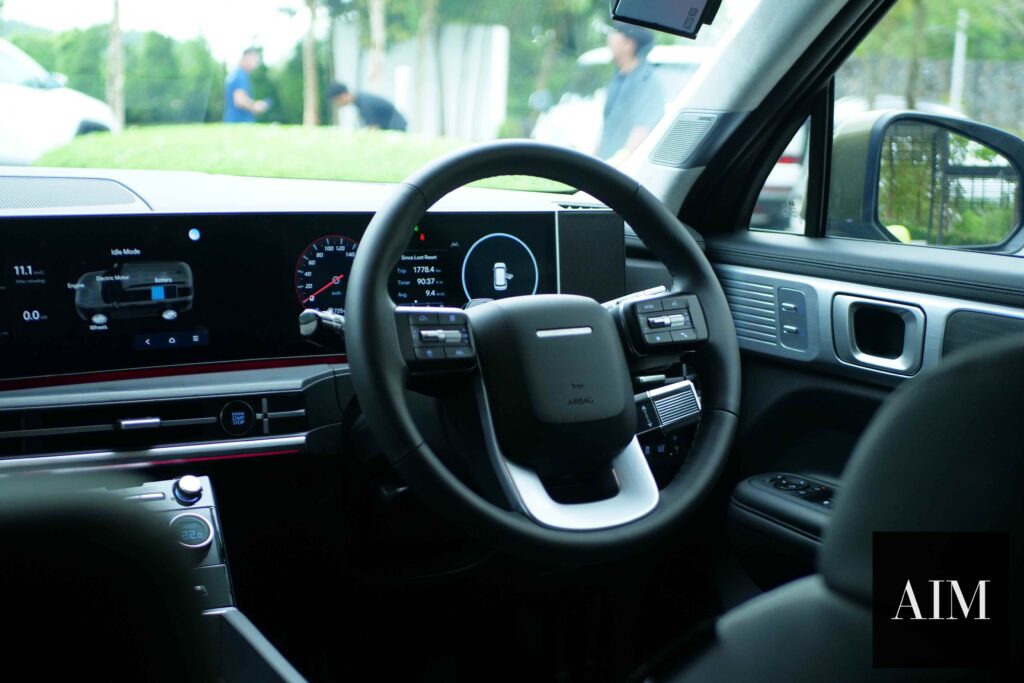
Driving character is balanced: the SANTA FE prioritises refinement, comfort and ease over sporty responses. If you want a car that makes long journeys less tiring, this is a strong contender. If you chase cornering edge or hard acceleration, look elsewhere. The steering is light enough for easy city manoeuvres and steady at expressway speeds. The hybrid’s electric assistance makes stop-start traffic less stressful. The turbo petrol brings a more traditional engine feel and stronger midrange response when you need it.
In short, the SANTA FE surprises by being more comfortable on long drives than its class typically promises. The second-row recline, the supportive seats, the quiet cabin and the composed suspension add up to an experience that often feels like something from a pricier segment. Performance choices give buyers a clear split between smooth hybrid refinement and stronger turbo gasoline torque. Safety and tech are full-featured for family use. For anyone who values in-car comfort and sensible everyday usability, the SANTA FE delivers — and in my real drives it delivered better than I expected.
